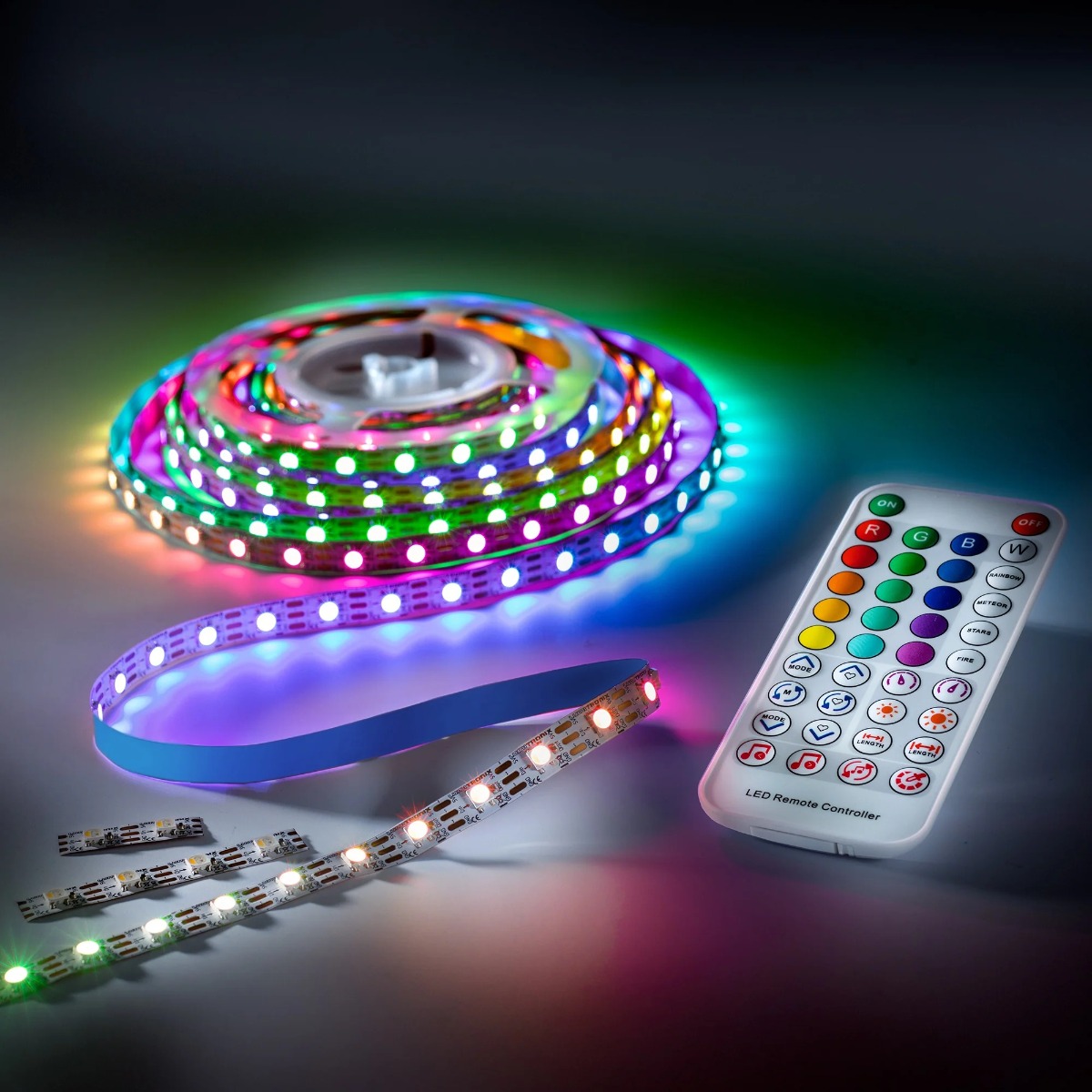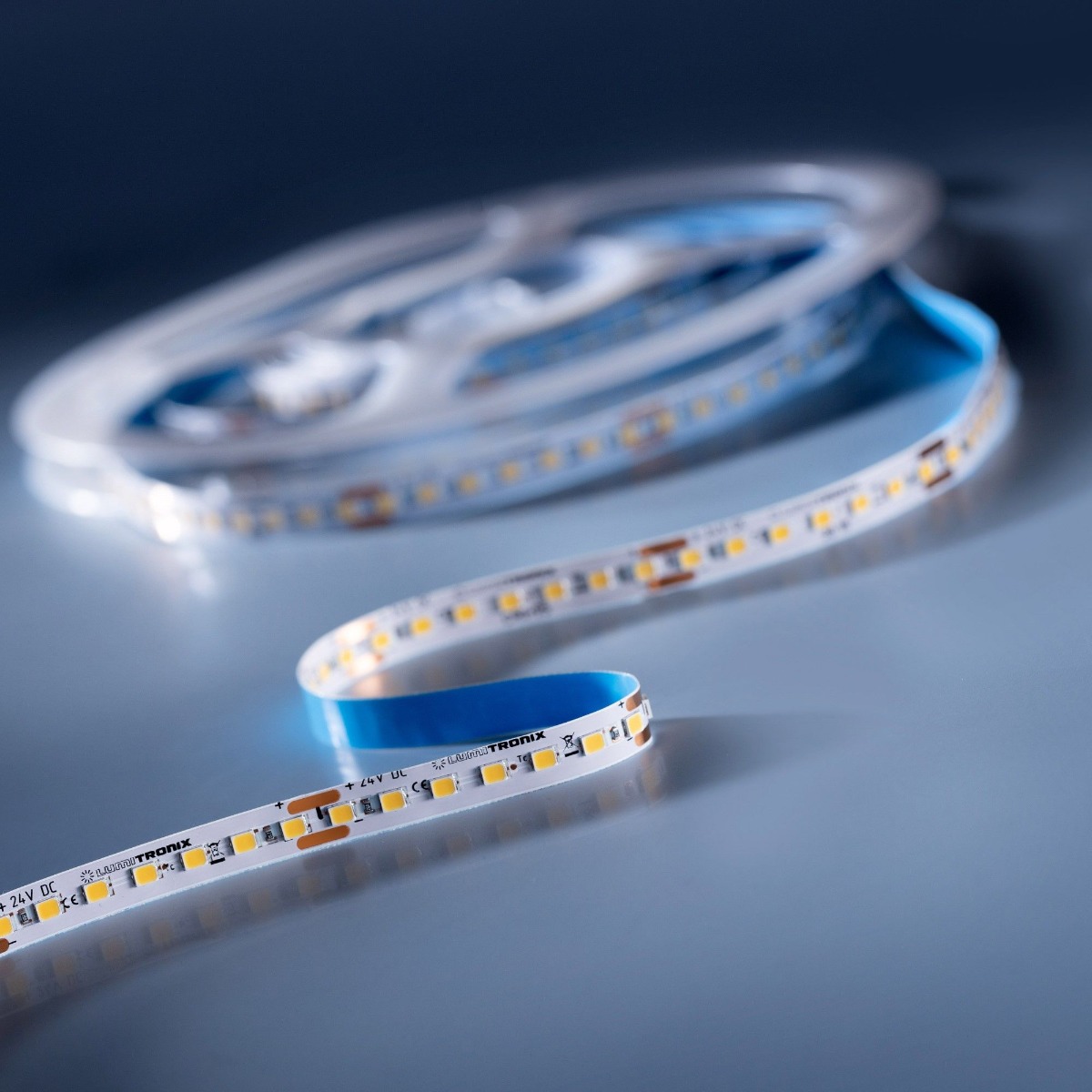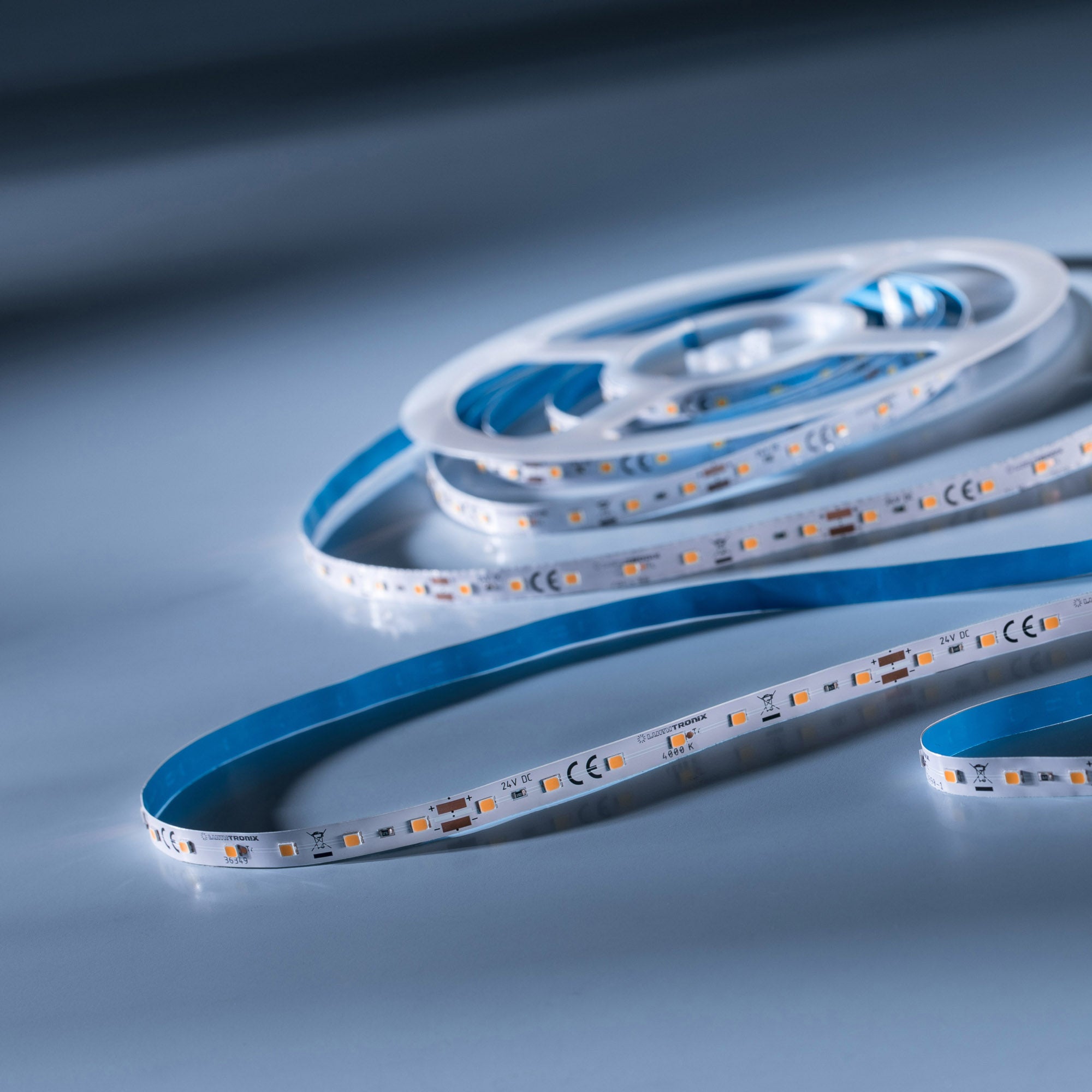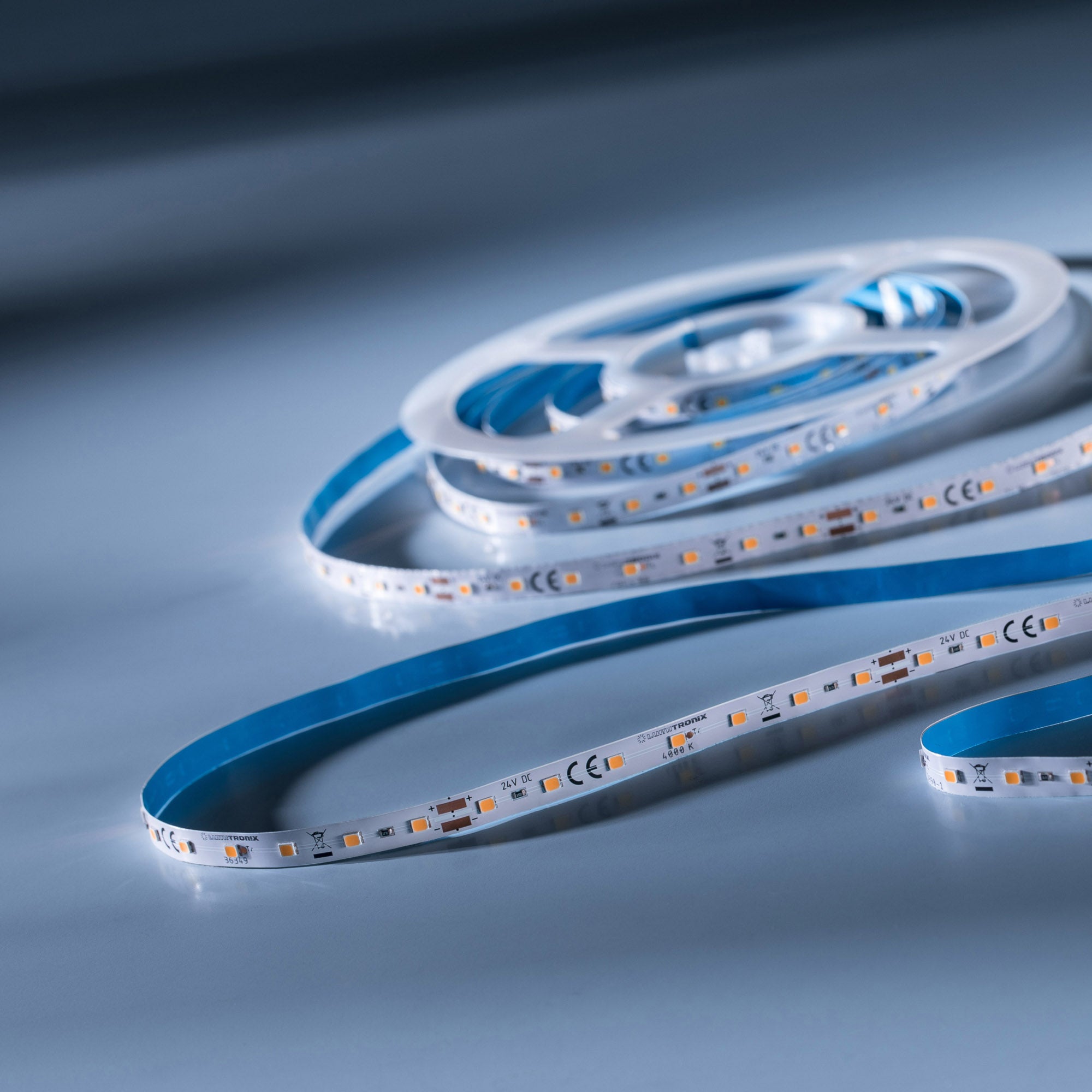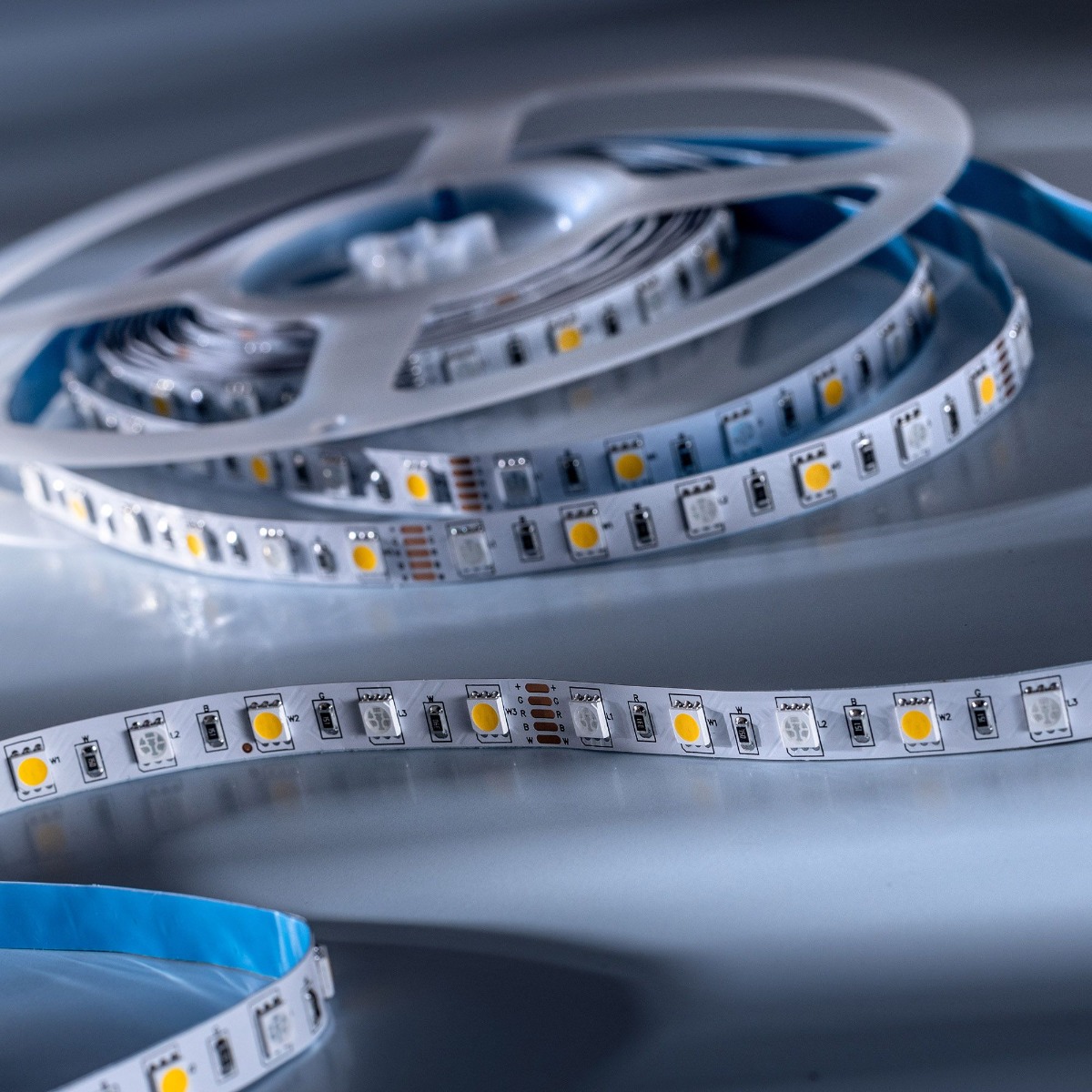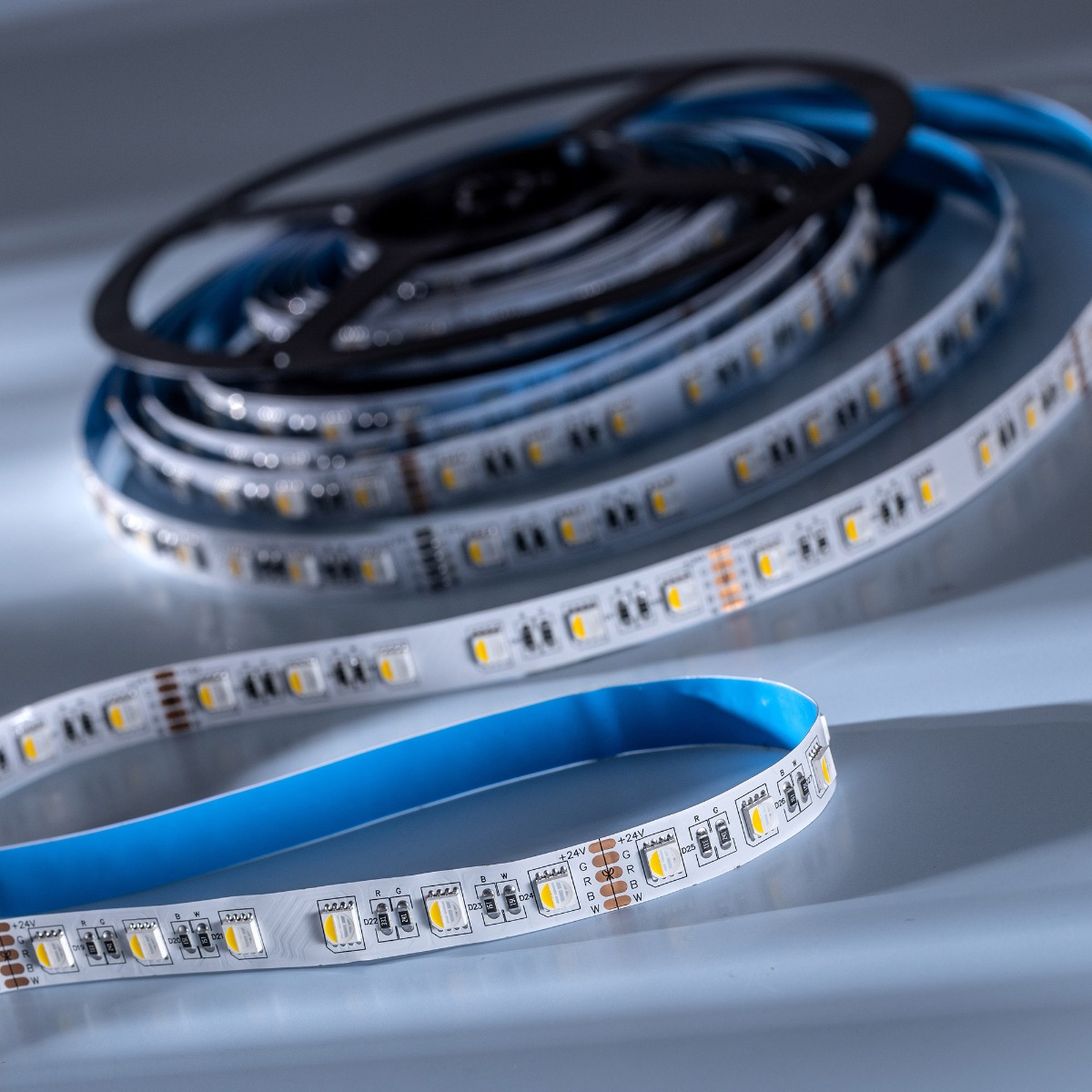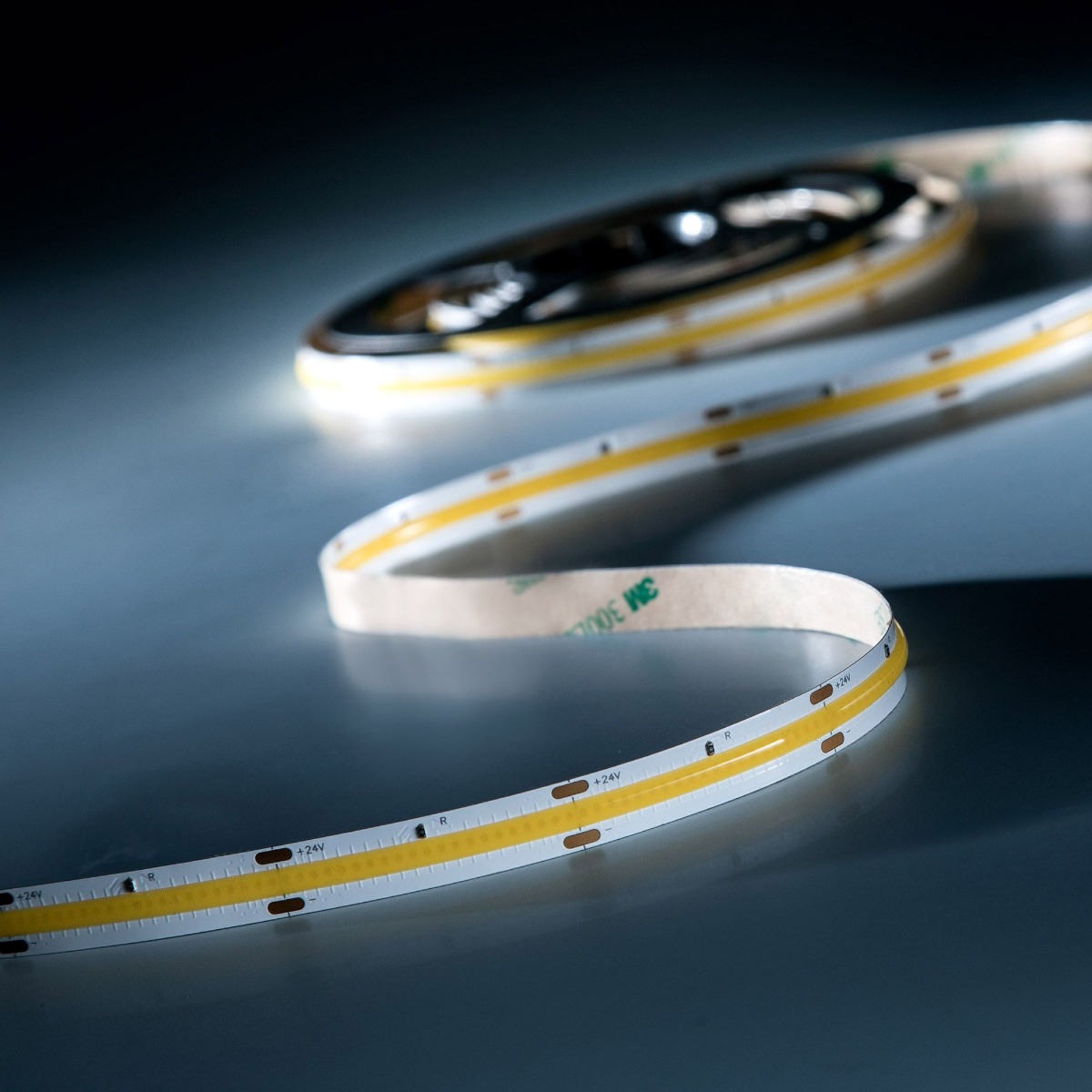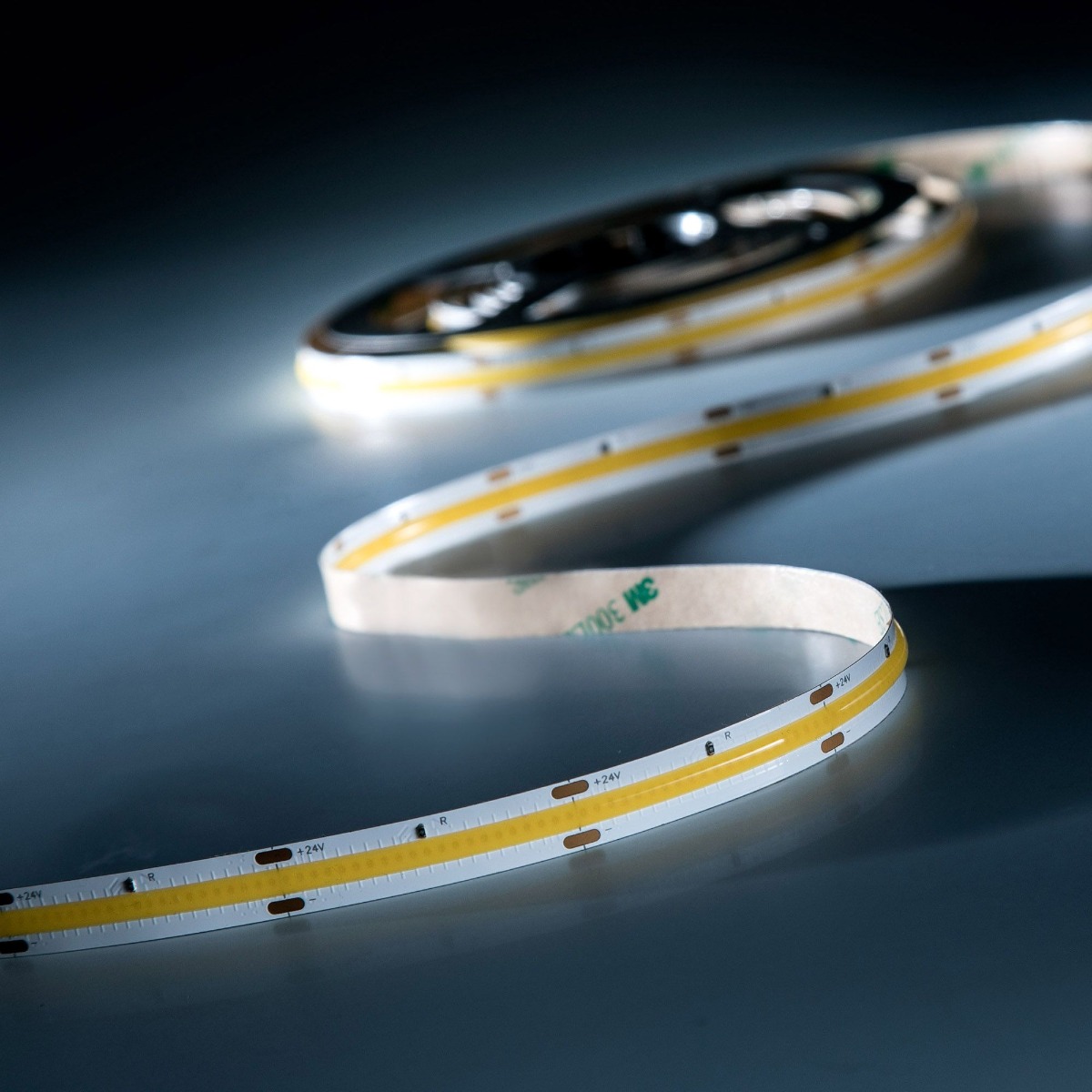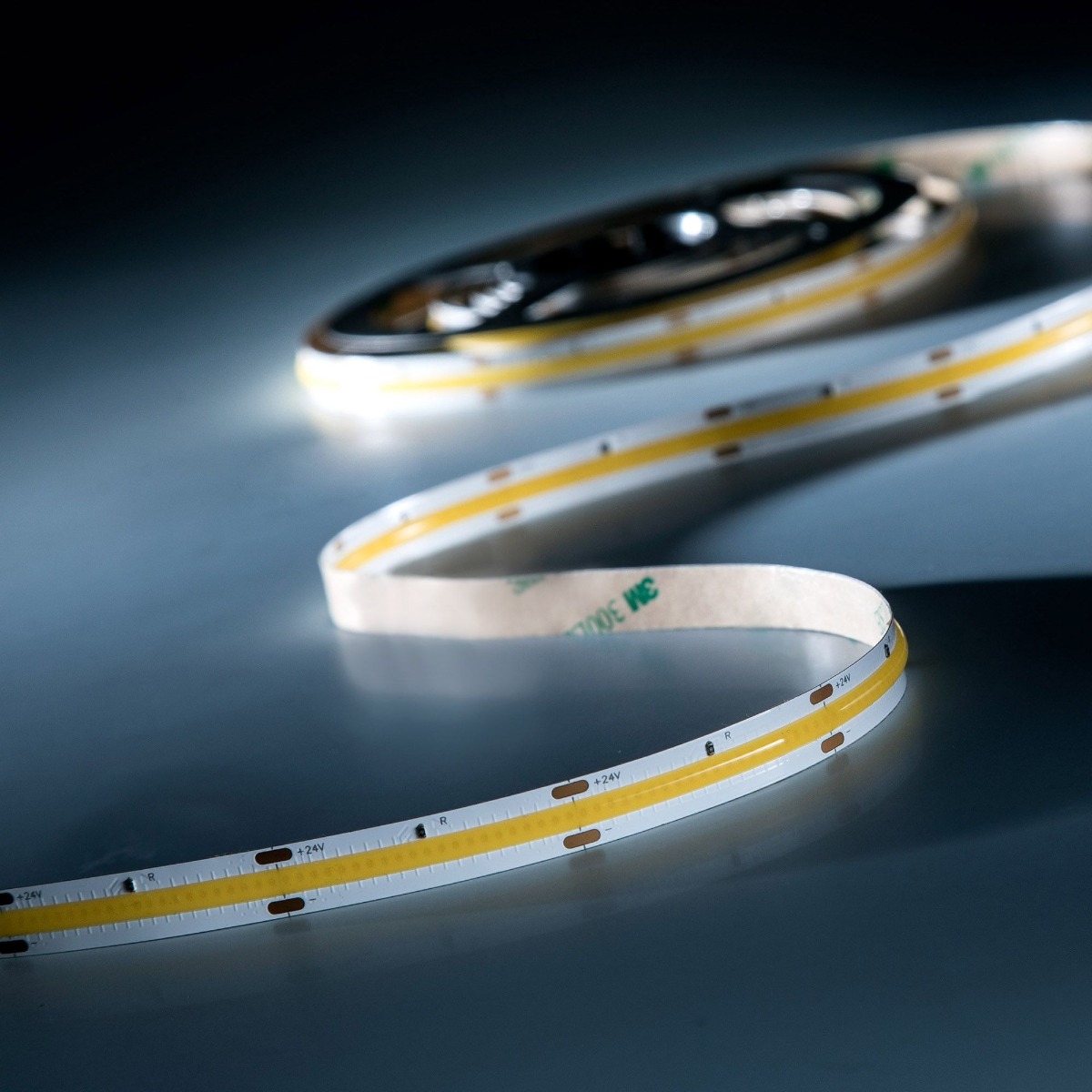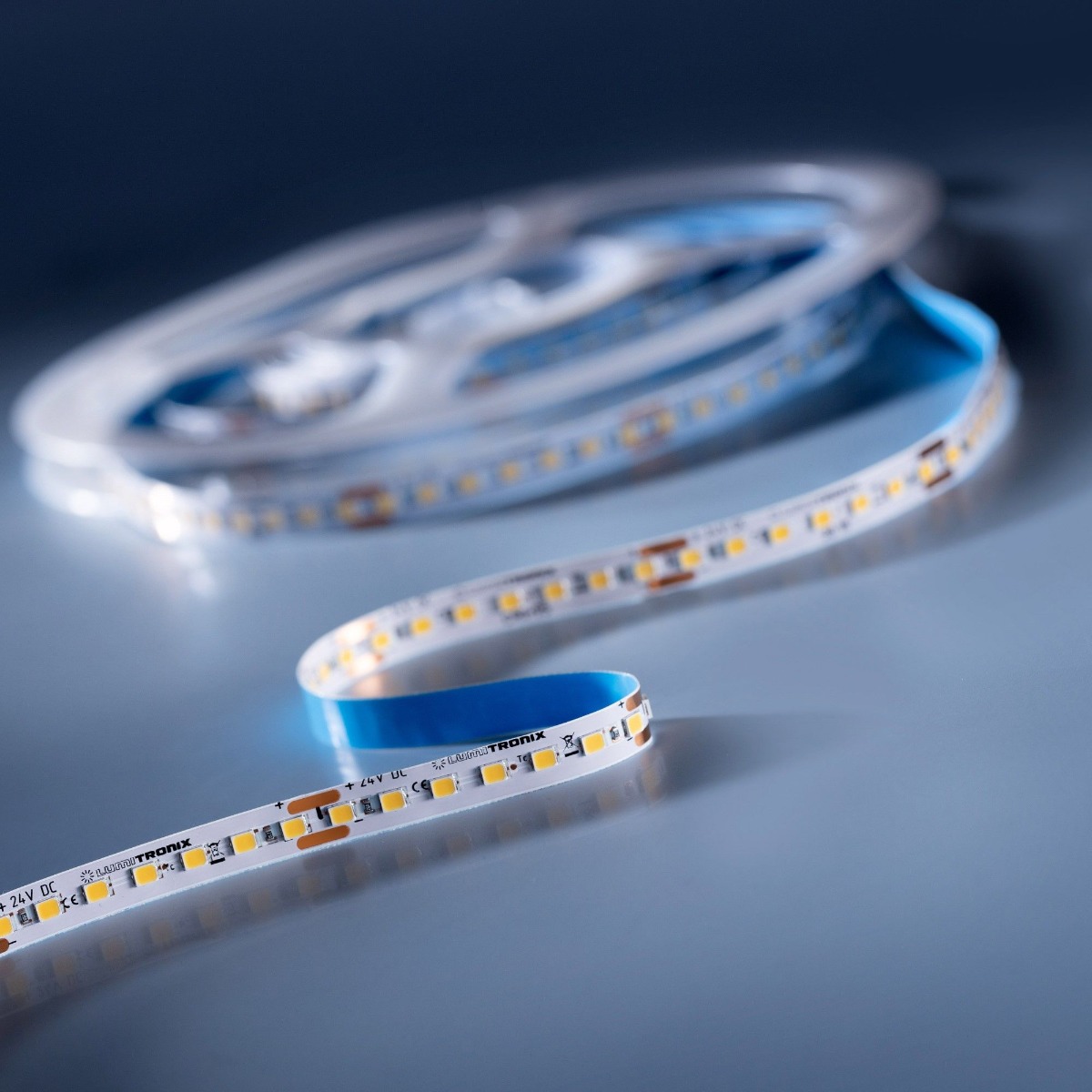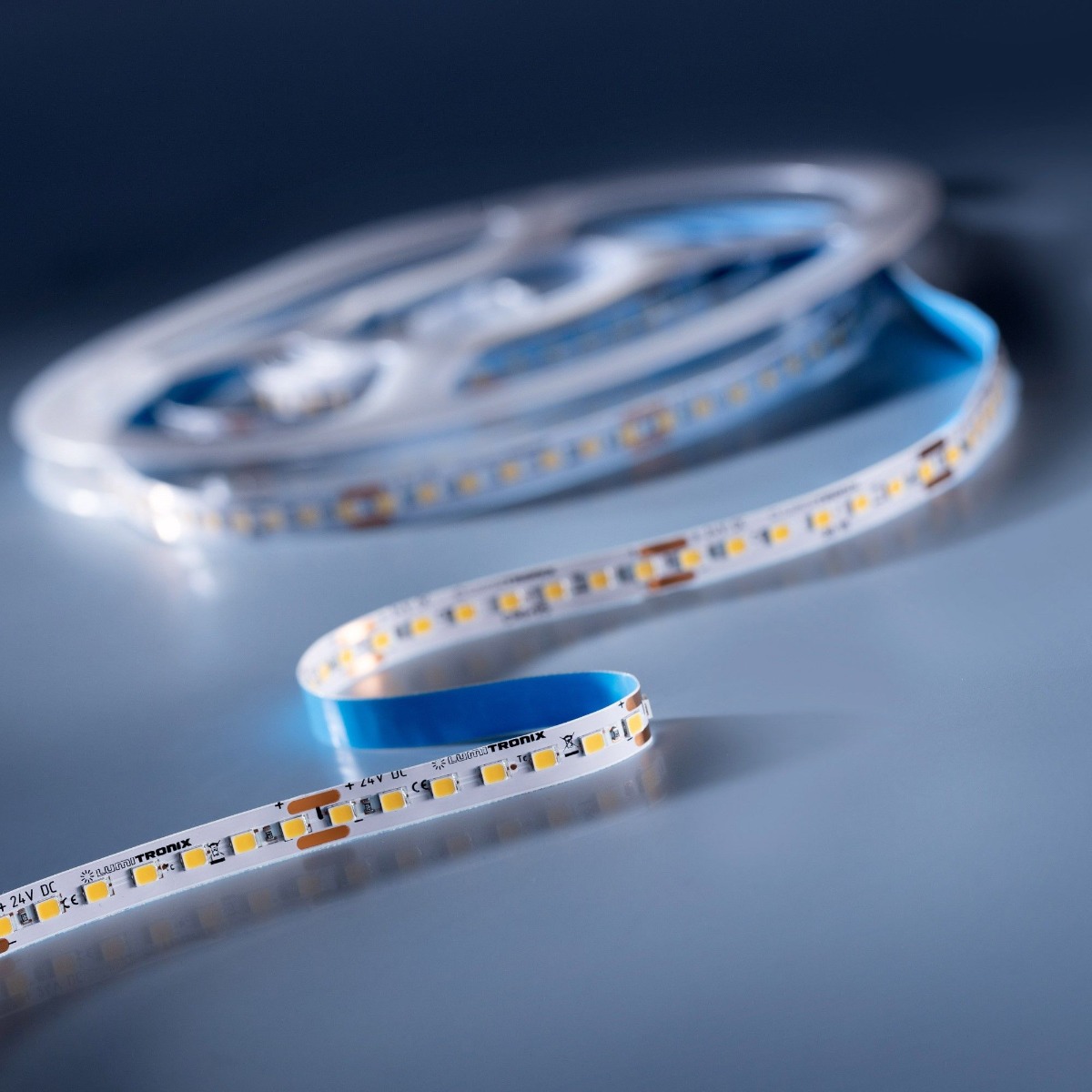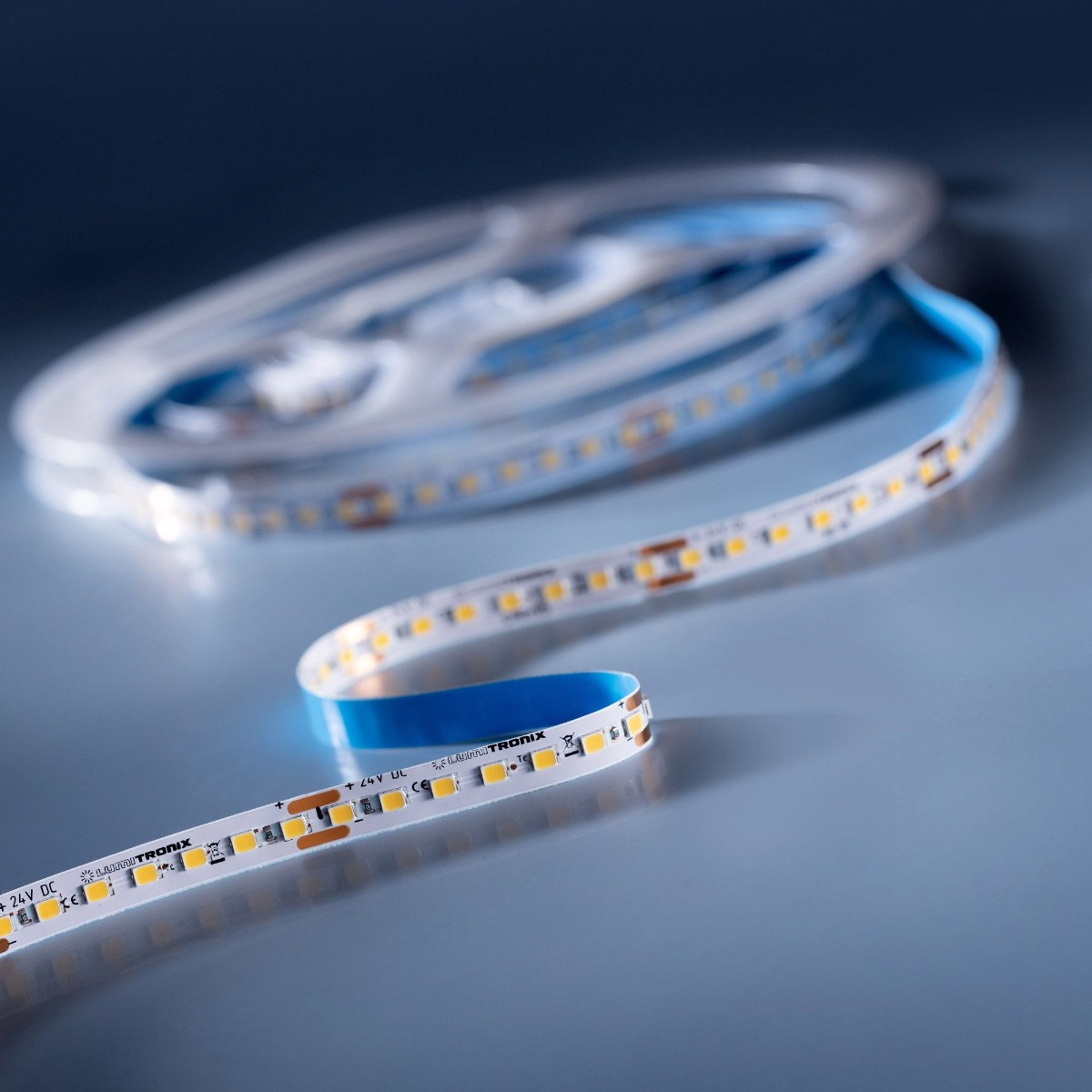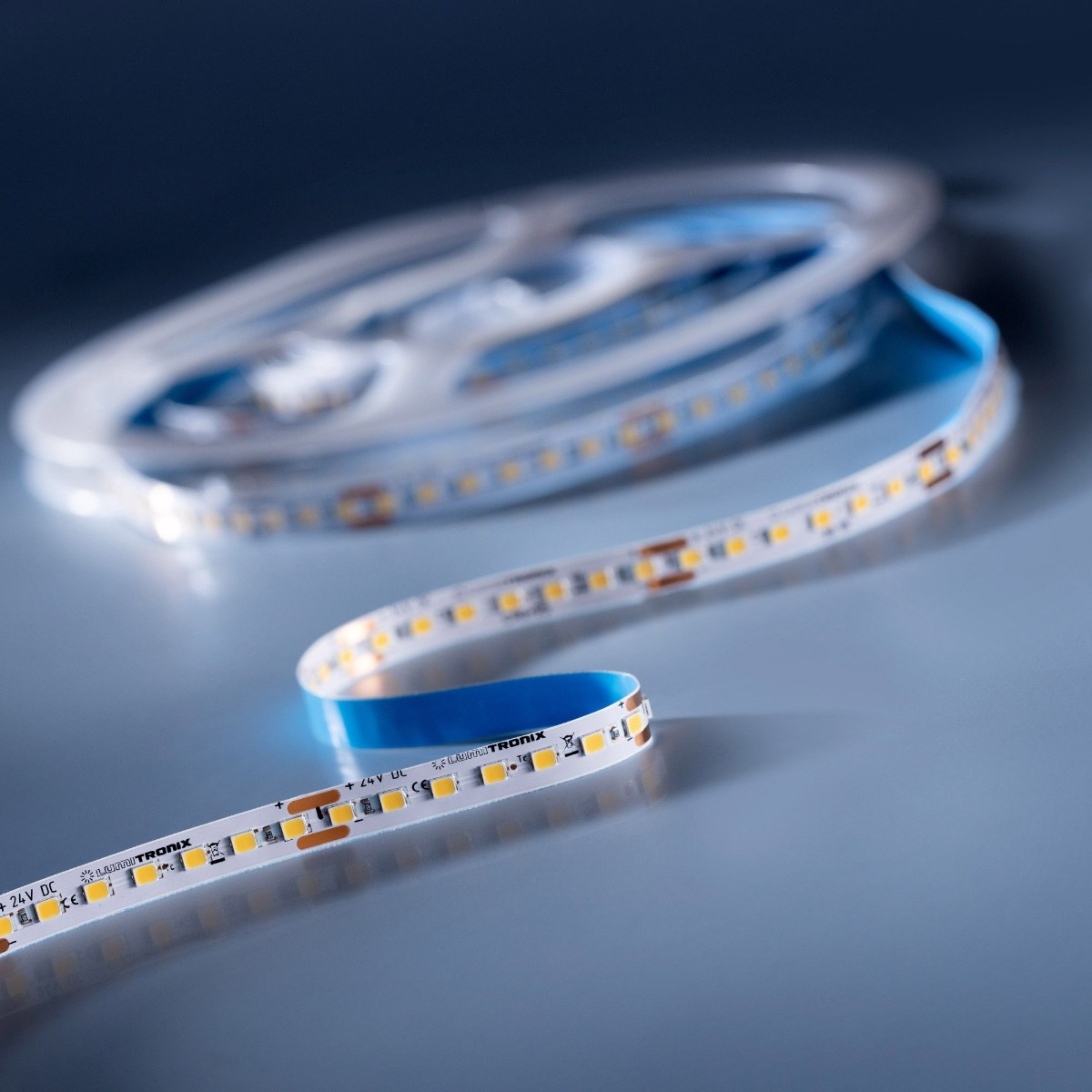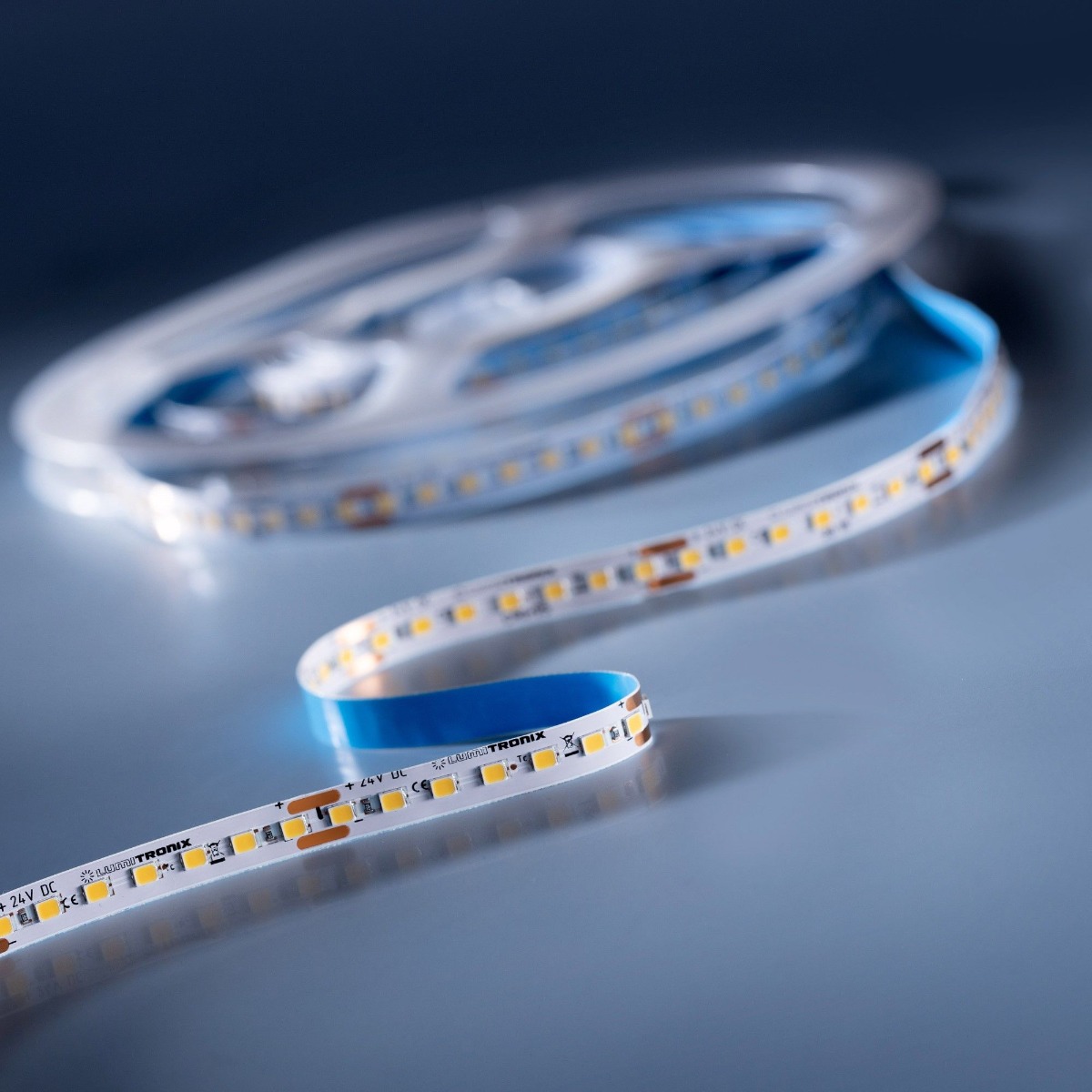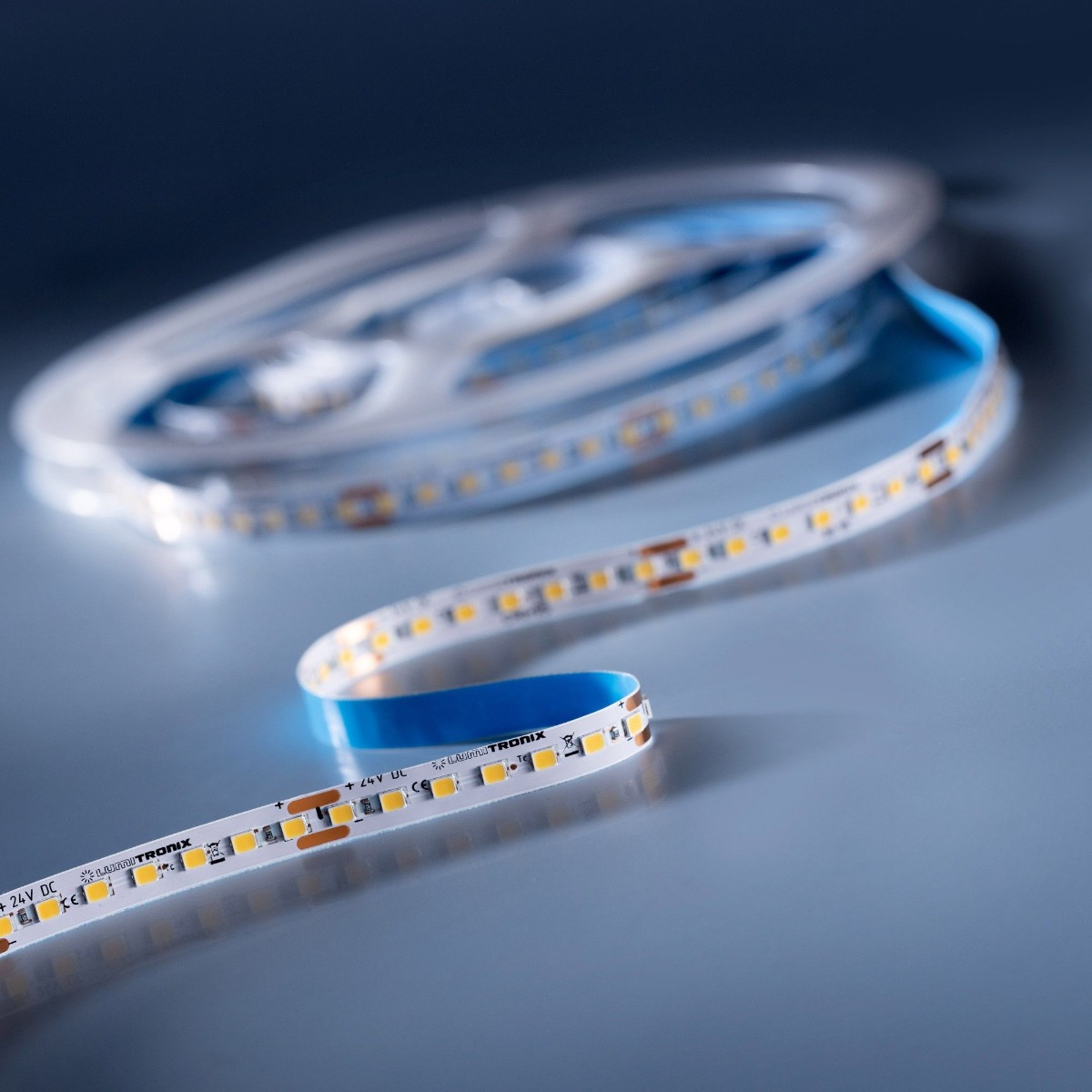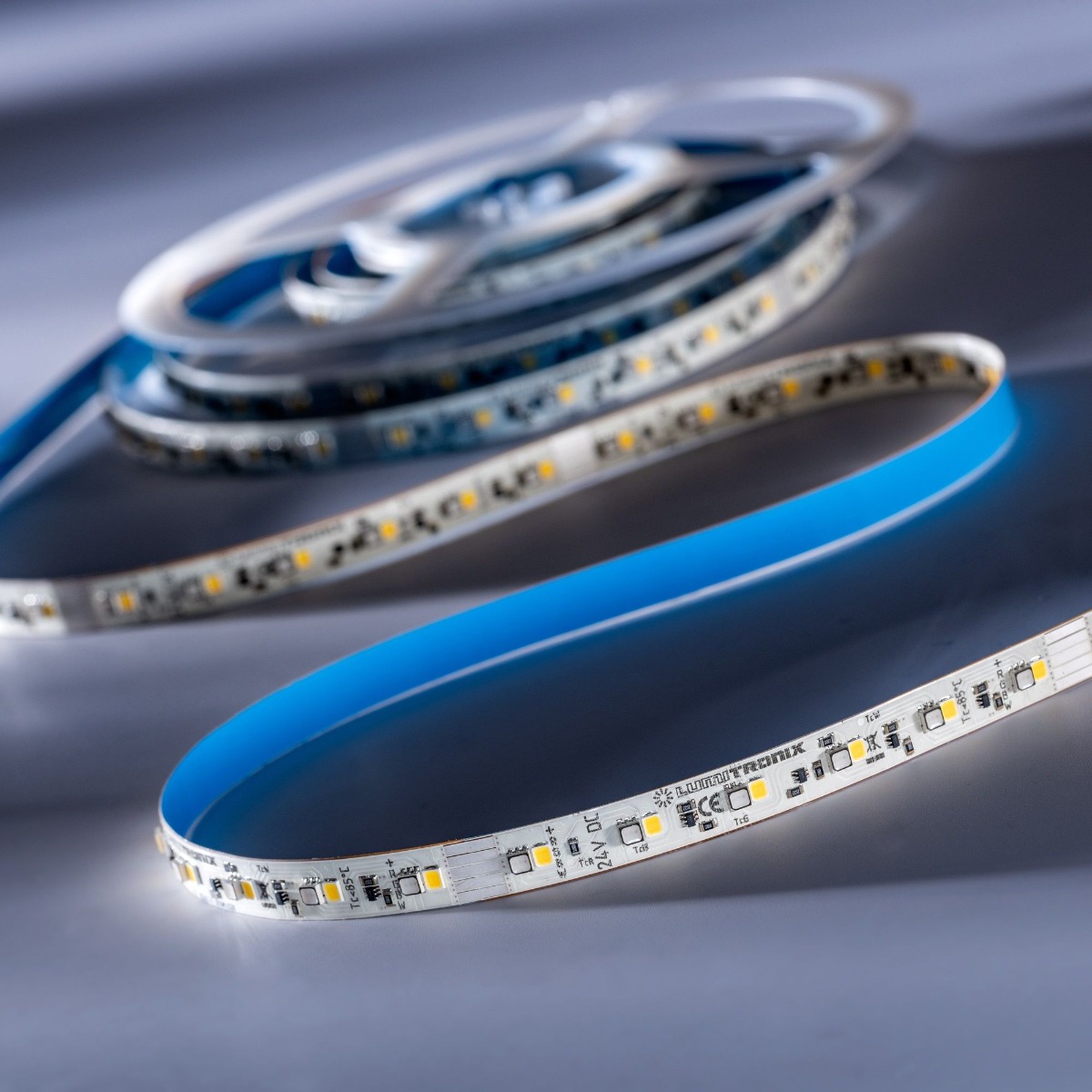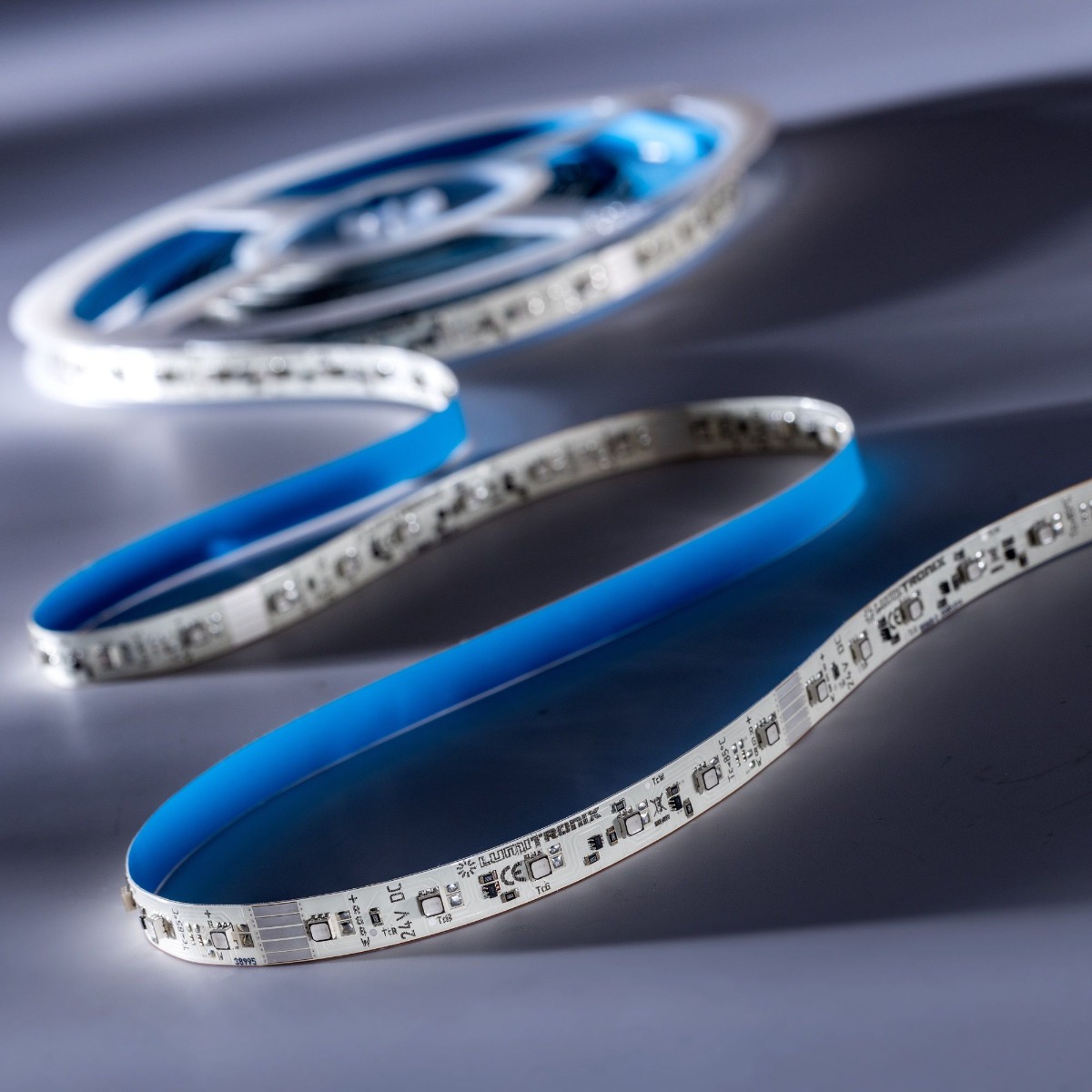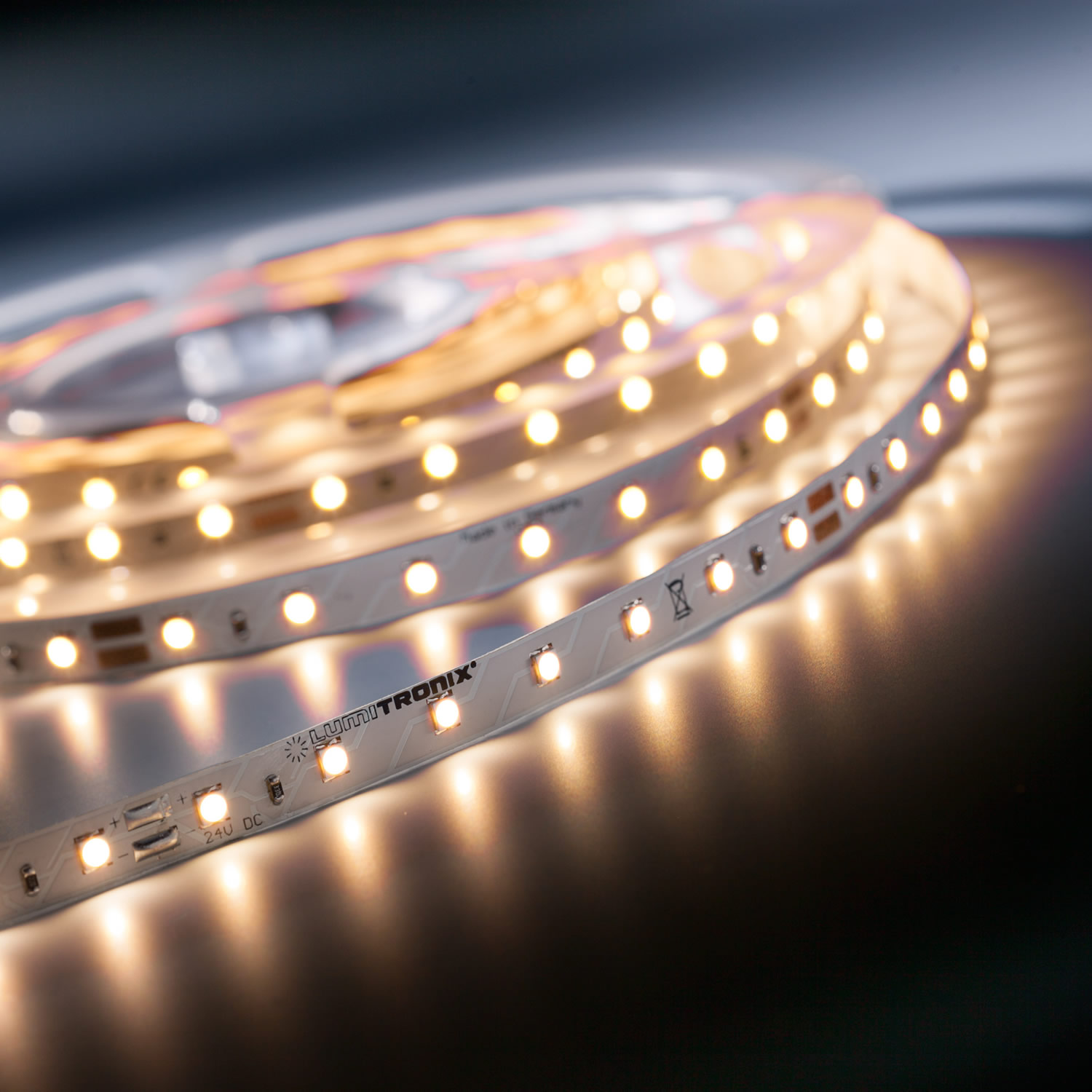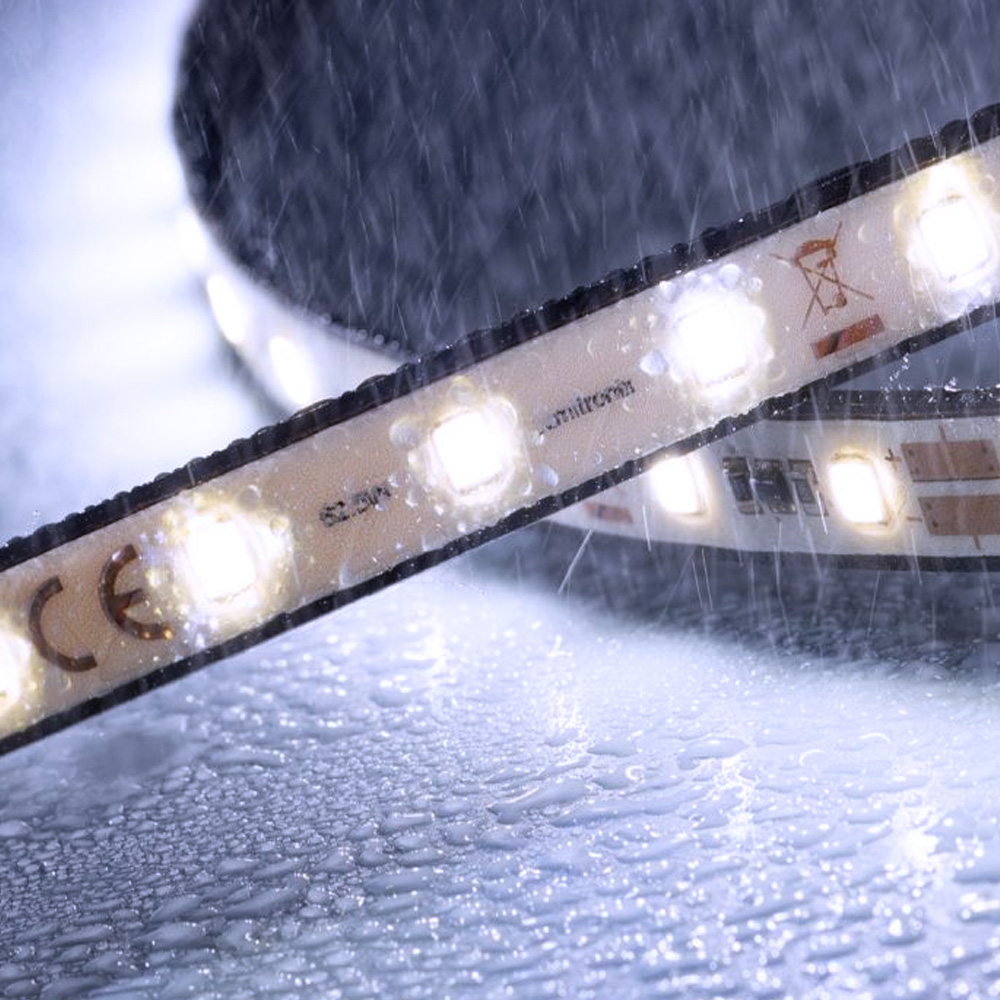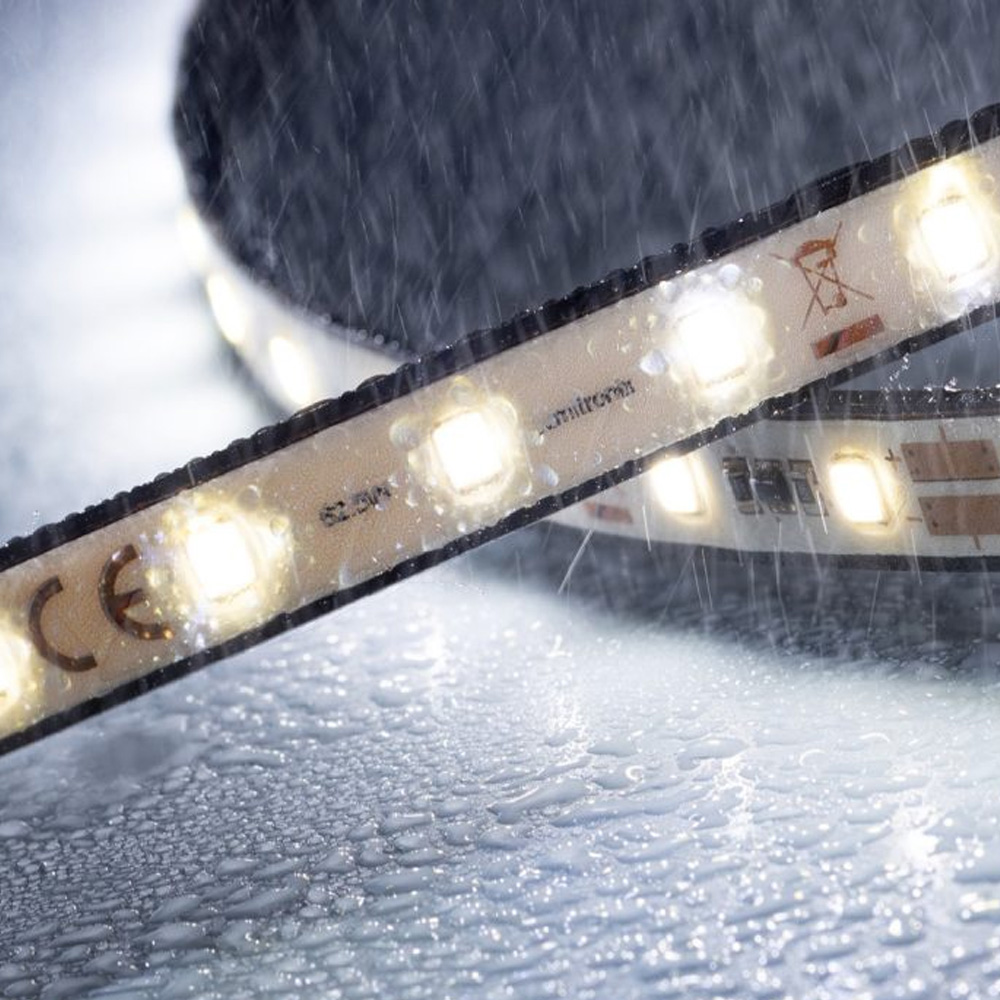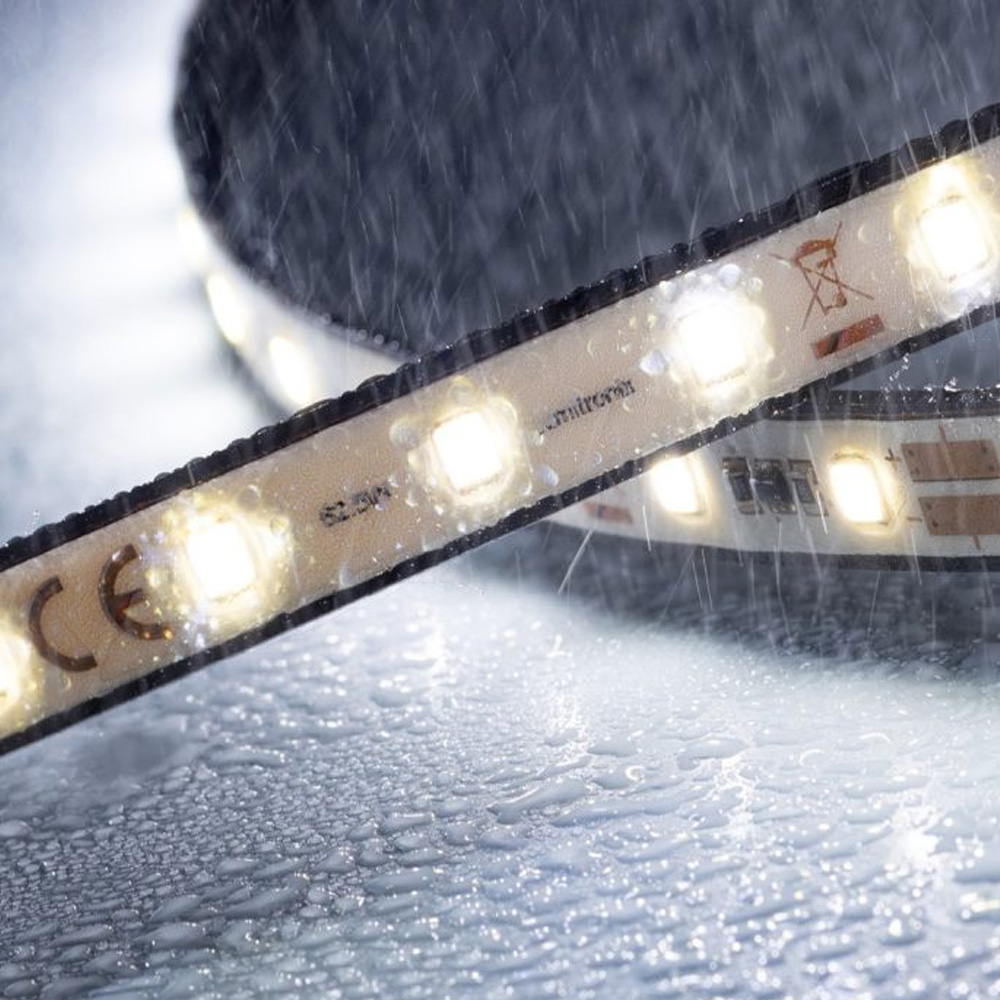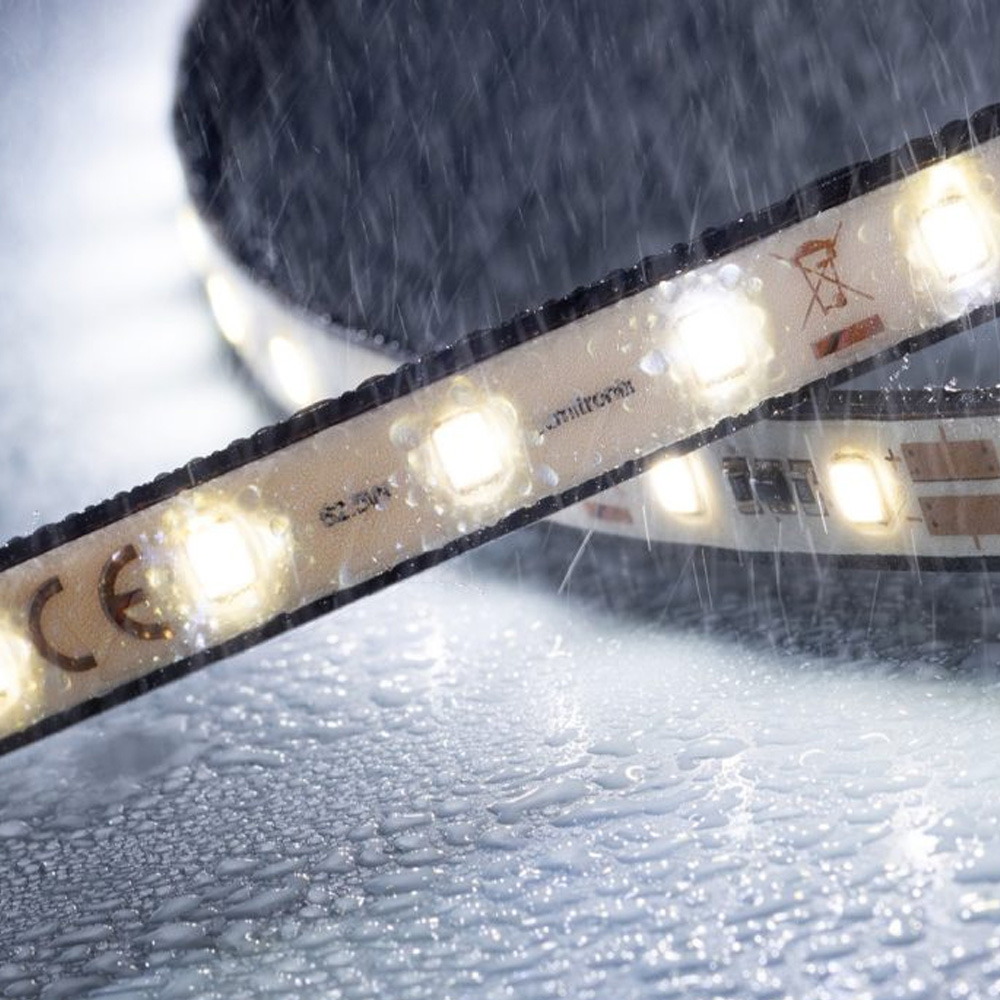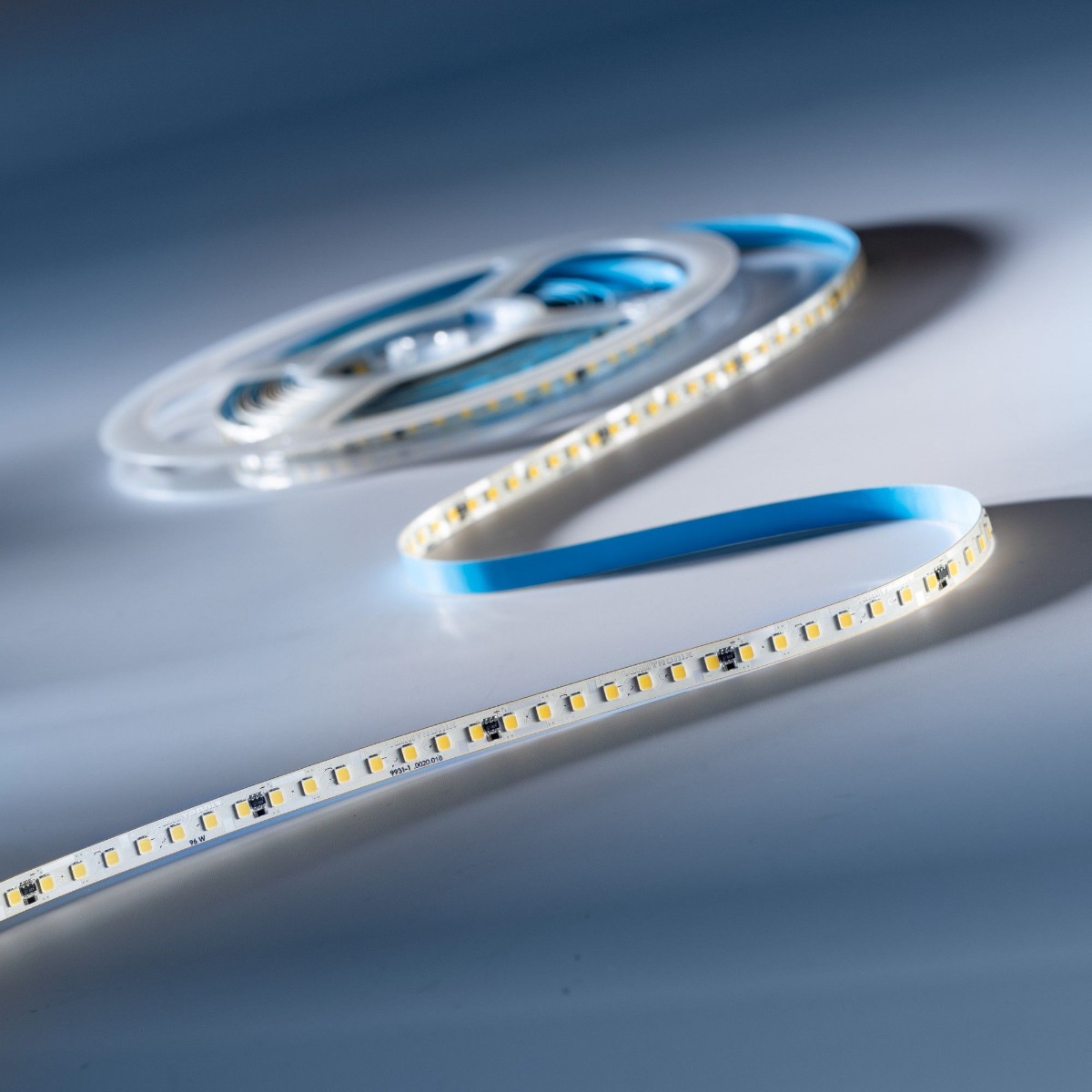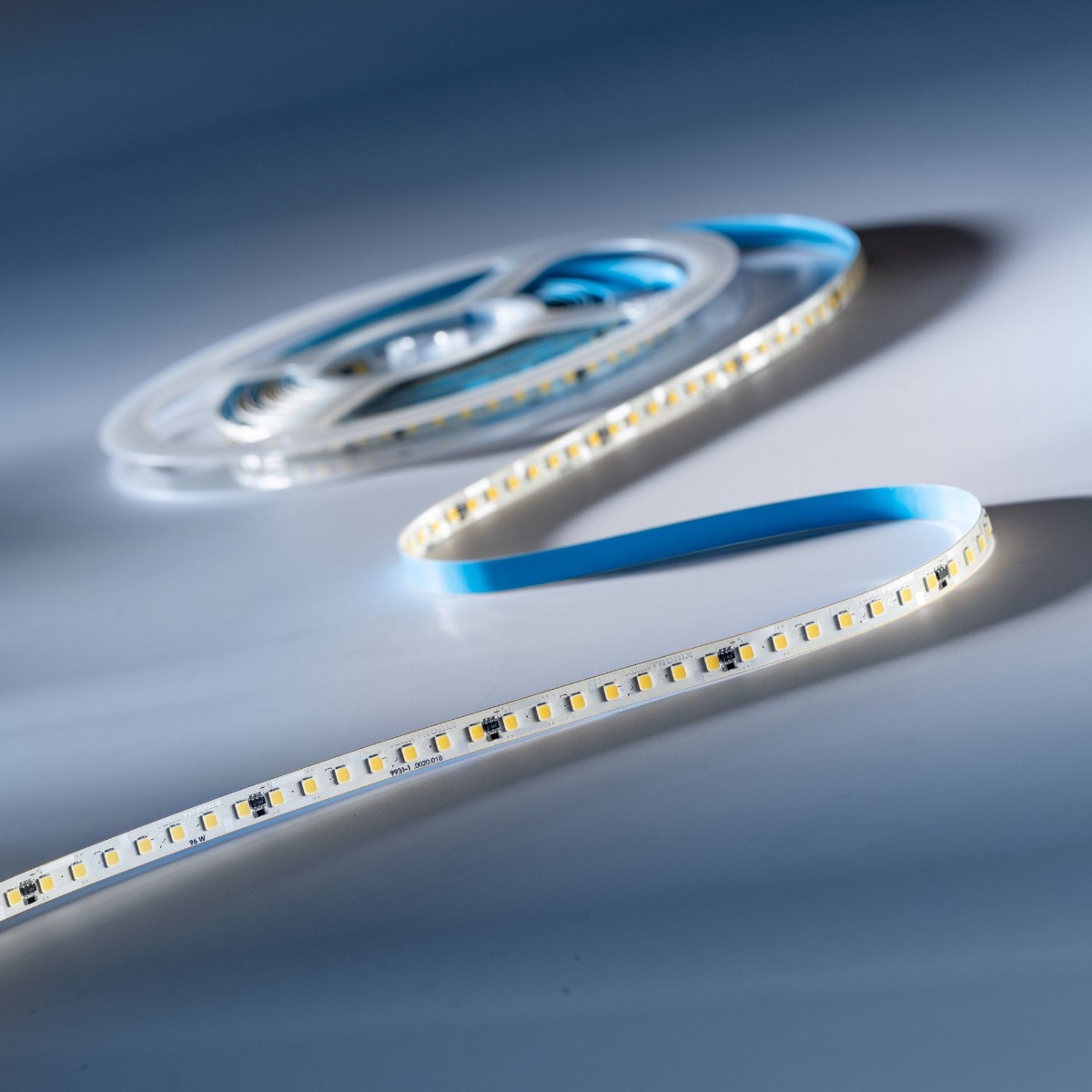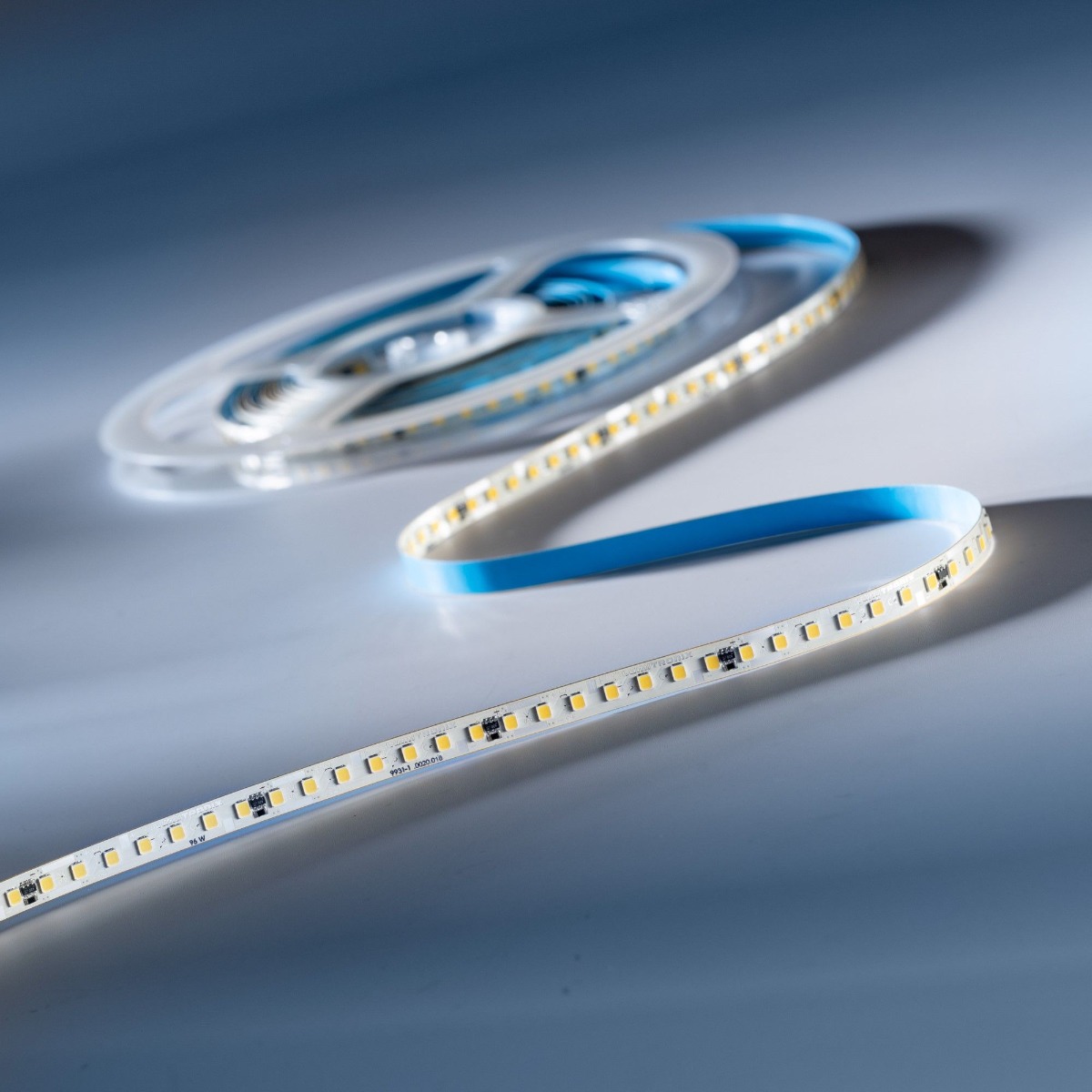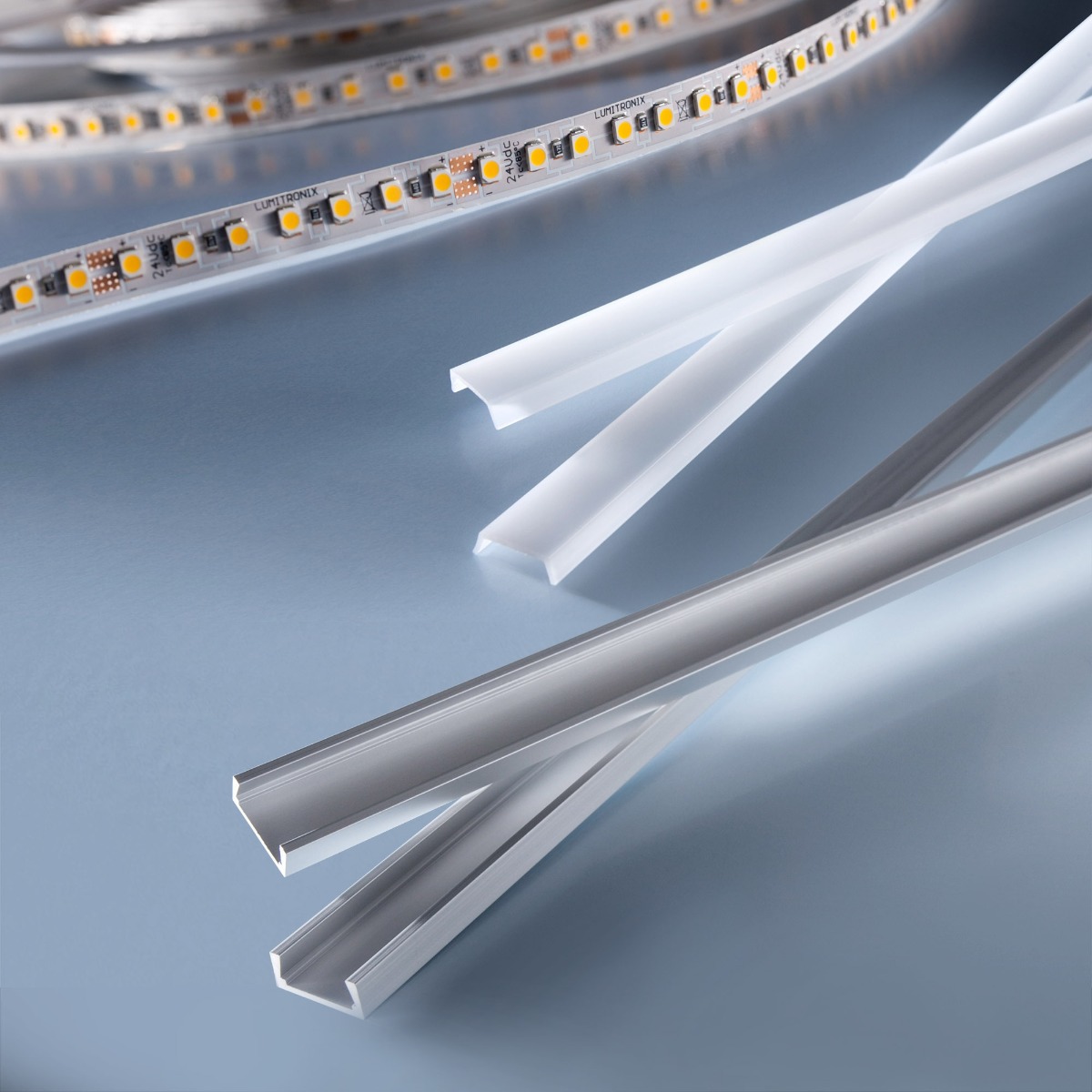Transform Your Space with Cove Lighting and LED Strips: An In-Depth Guide to Achieving Beautiful Illumination
- By Lumistrips LED Professional
- Apr 20, 2023

Cove lighting is a popular design trend that focuses on human nature and the way natural light behaves. By placing LED strips within a cove in the wall or ceiling, light reflects off adjacent surfaces, creating an optical effect that resembles natural sunlight streaming into the room. This technique is widely adopted for its ability to evoke a sense of warmth and depth, transforming the ambiance of any space.
In this article, we'll delve deeper into the key aspects of cove lighting, offering recommendations and tips on how to achieve the best results:
1. Ensure the LED Light Source has Sufficient Output
The light output of your chosen LED strip should be determined by the intended purpose of the cove lighting. Whether for ambient, general, or task lighting, or to accentuate specific objects or architectural elements, the luminous flux per meter is an essential factor to consider. We've provided guidelines below based on the type of lighting required:
Ambient lighting or highlight of objects or furniture elements: up to 600 lumens per meter (180 lm/foot)

Lumistrips LED strips up to 600 lm/m
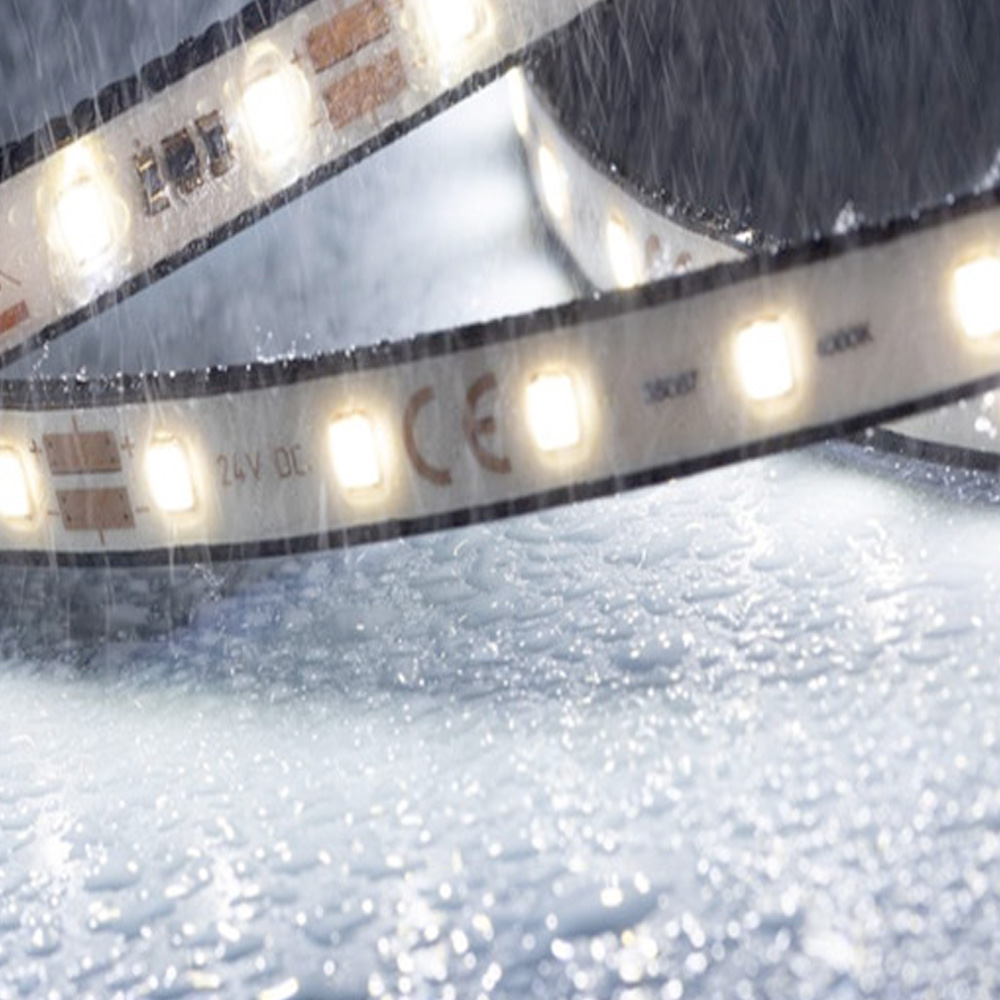
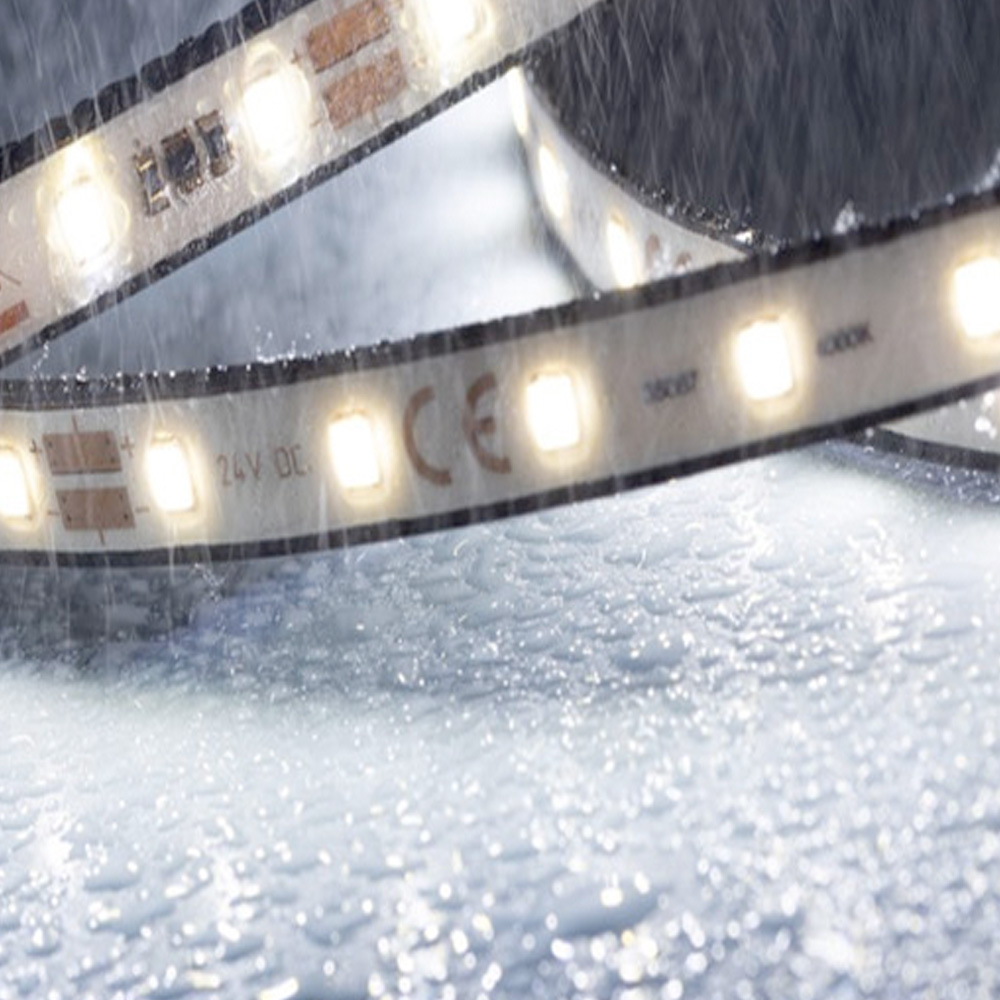
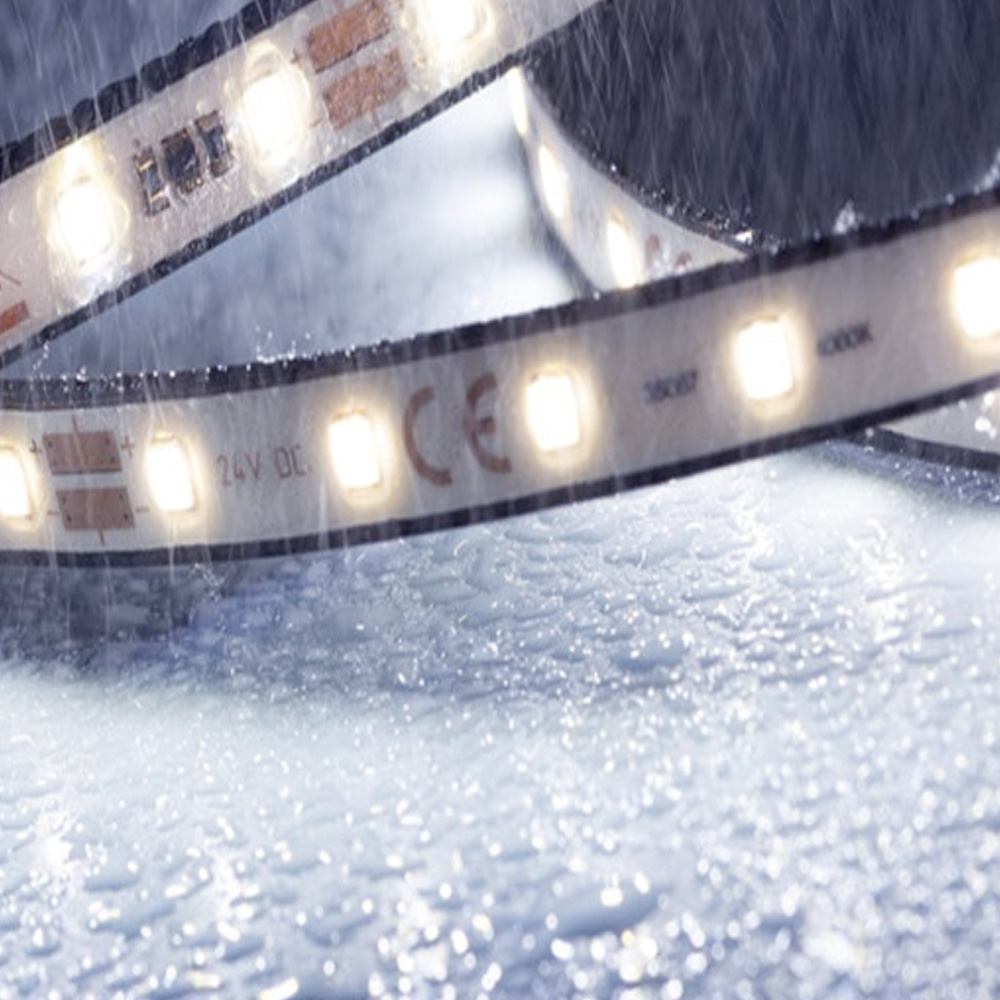
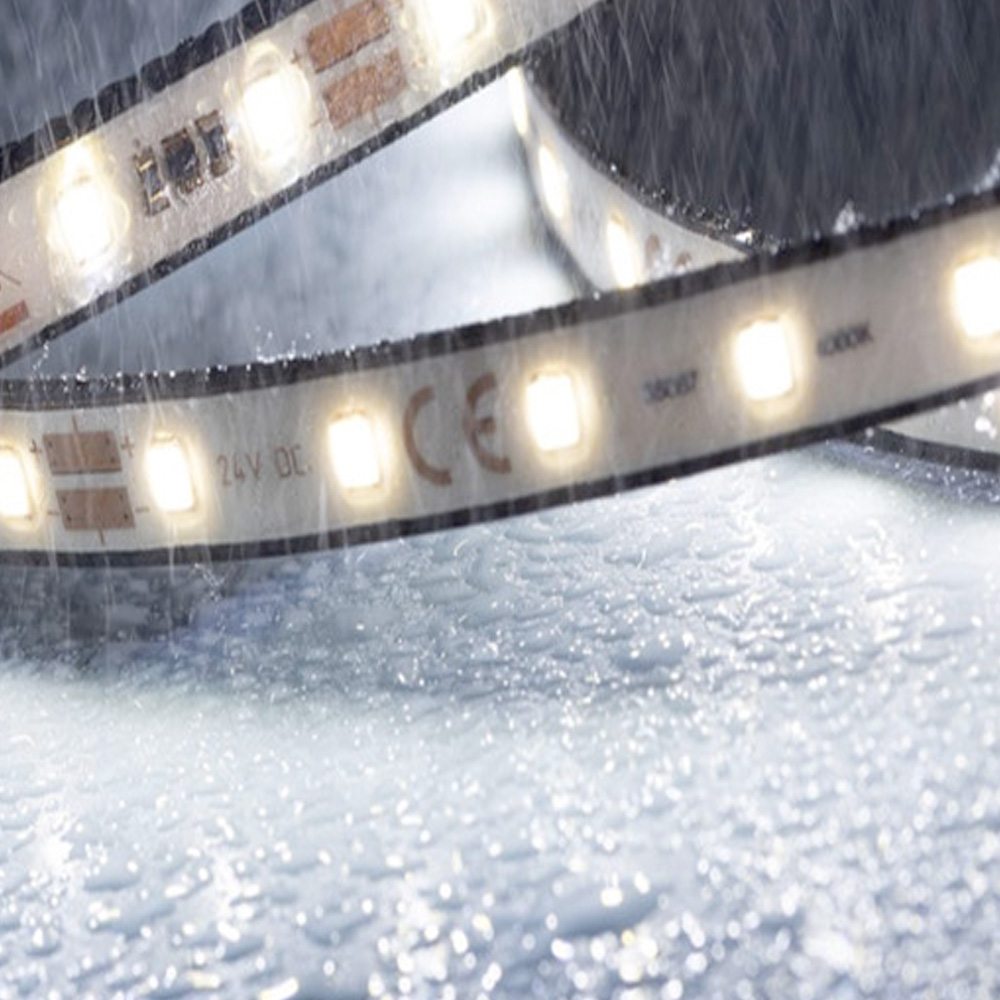
Highlight architectural elements: 600-1200 lumens per meter (180-360 lm/foot).

Lumistrips LED strips up to 1200 lm/m
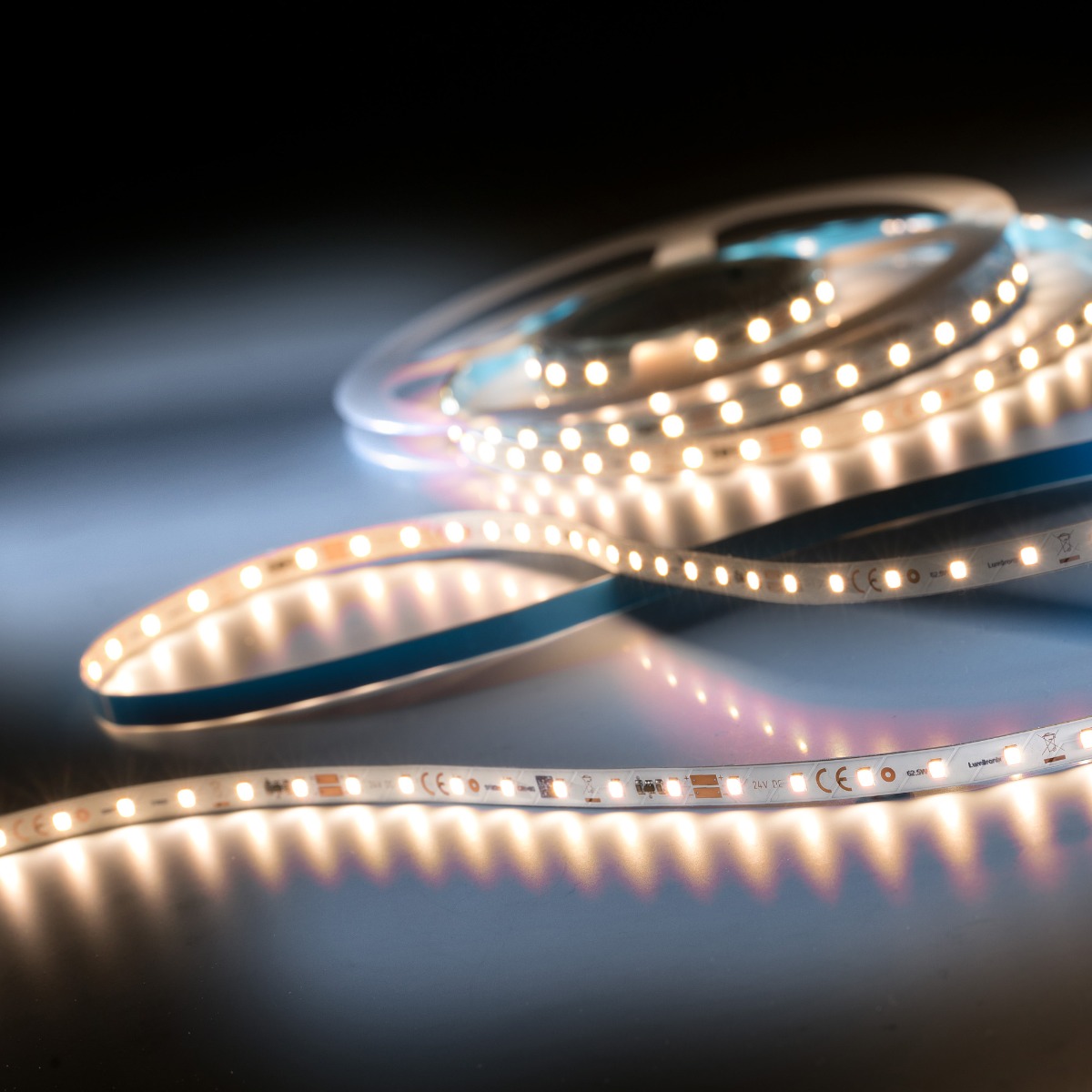



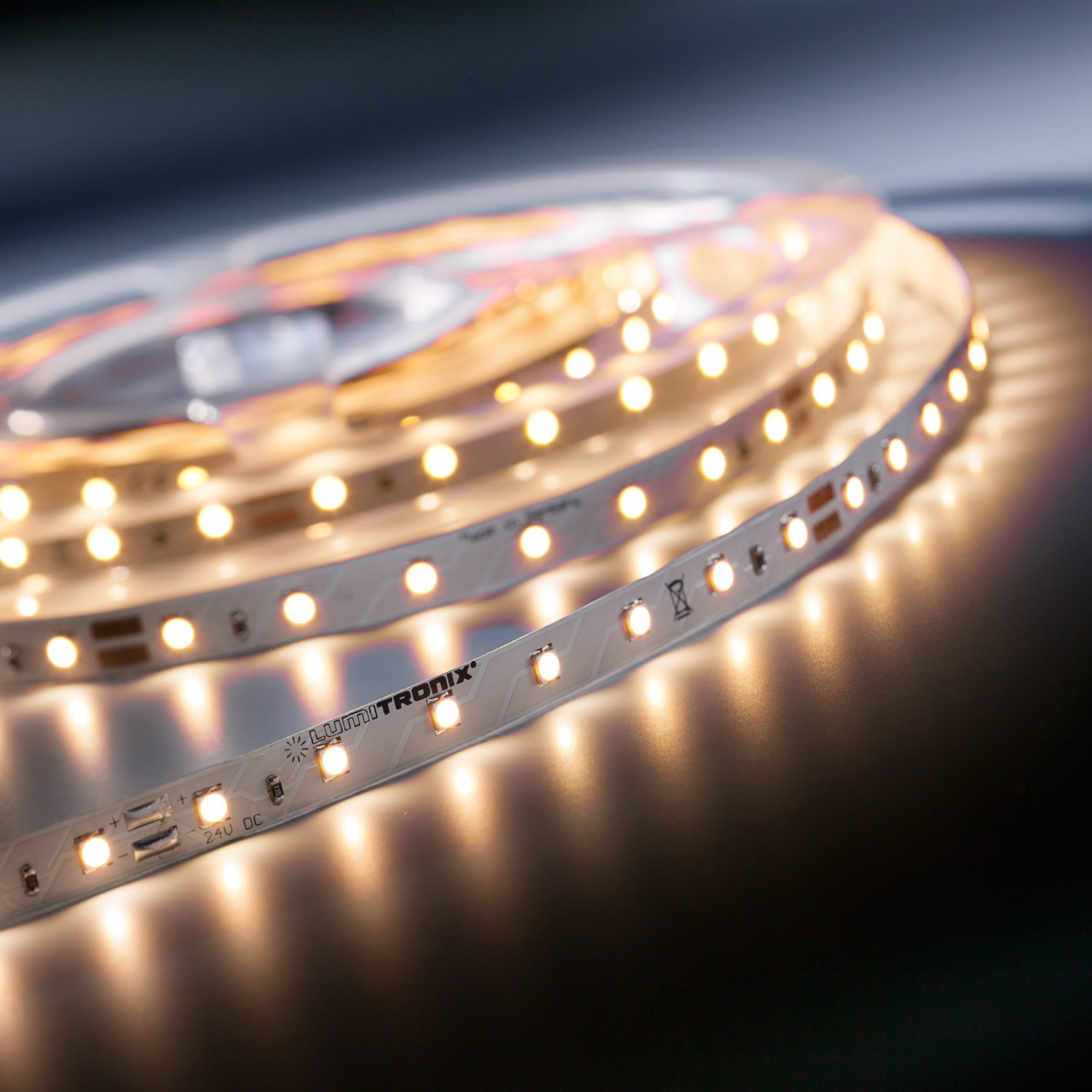
General illumination via lines of light: 1200-2800 lumens per meter (365-850 lm/foot), depending on the cove design, ceiling height and materials used.

Lumistrips LED strips up to 2800 lm/m
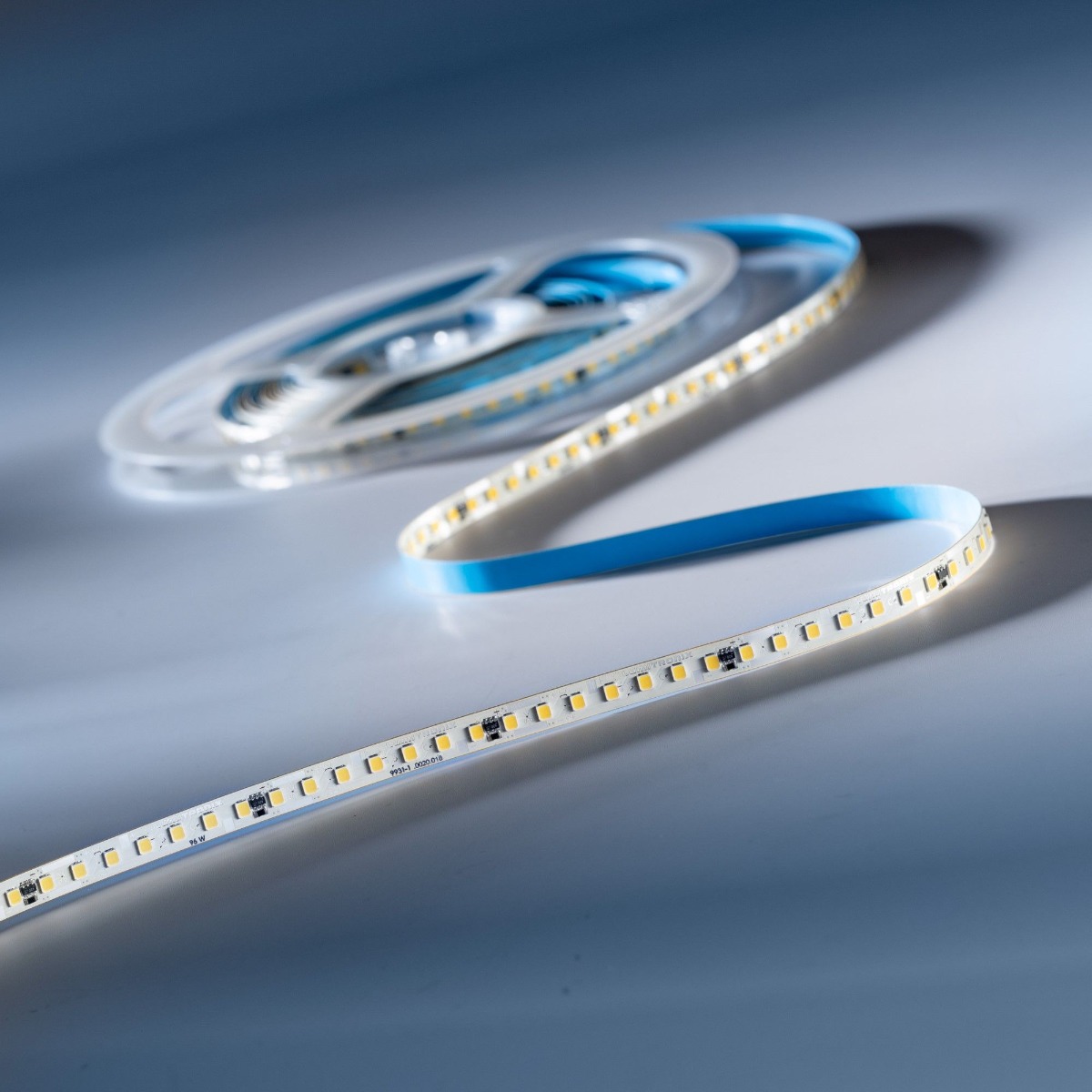
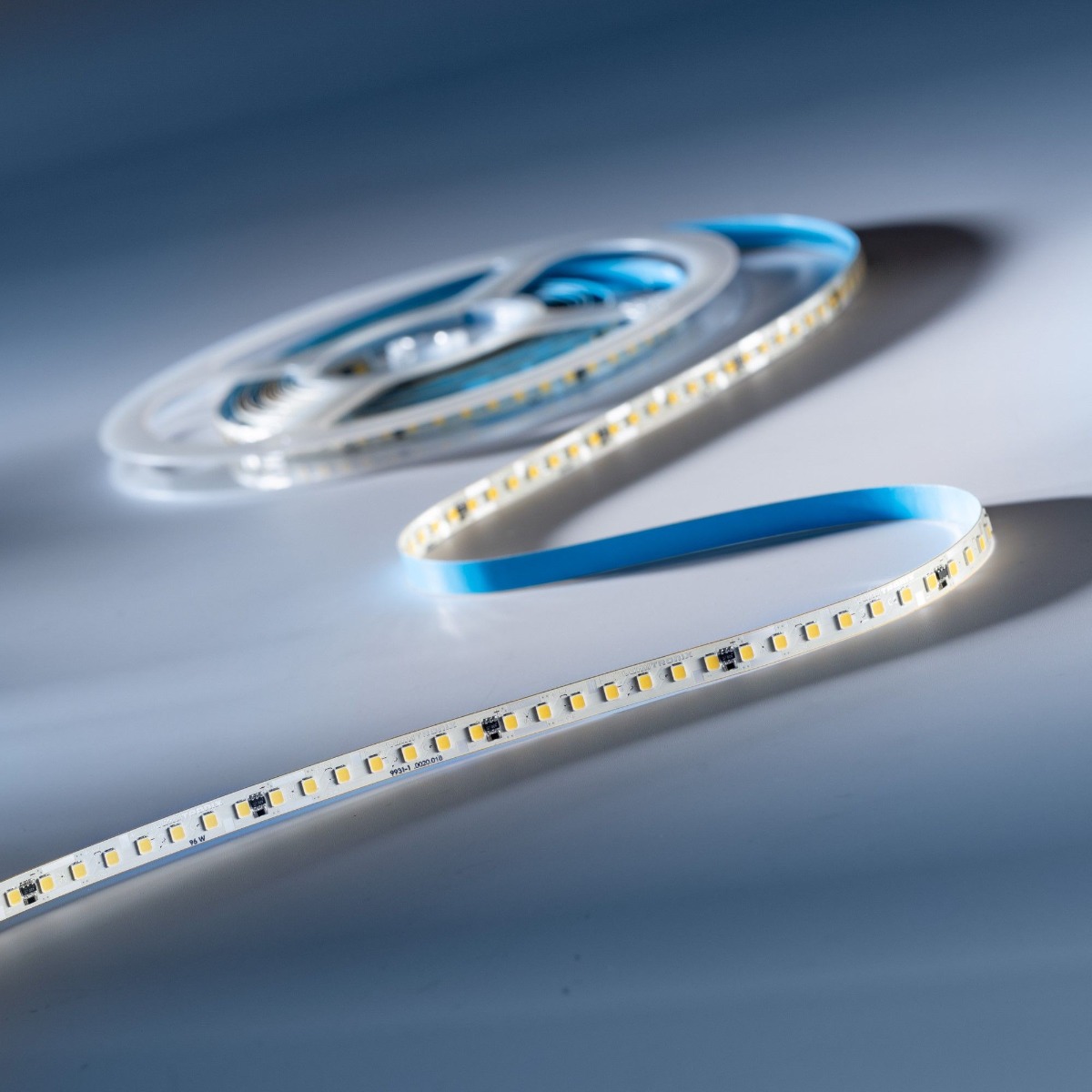
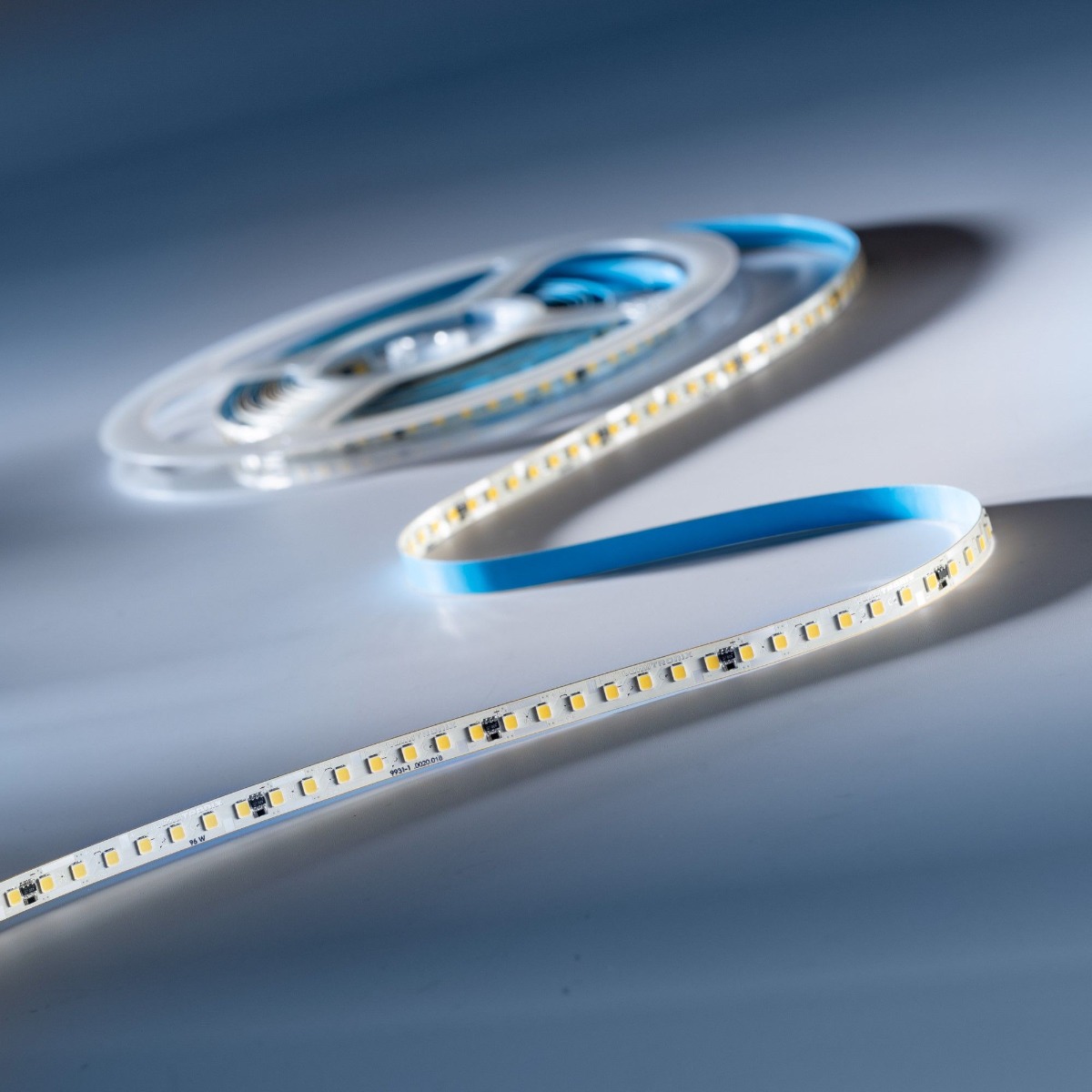
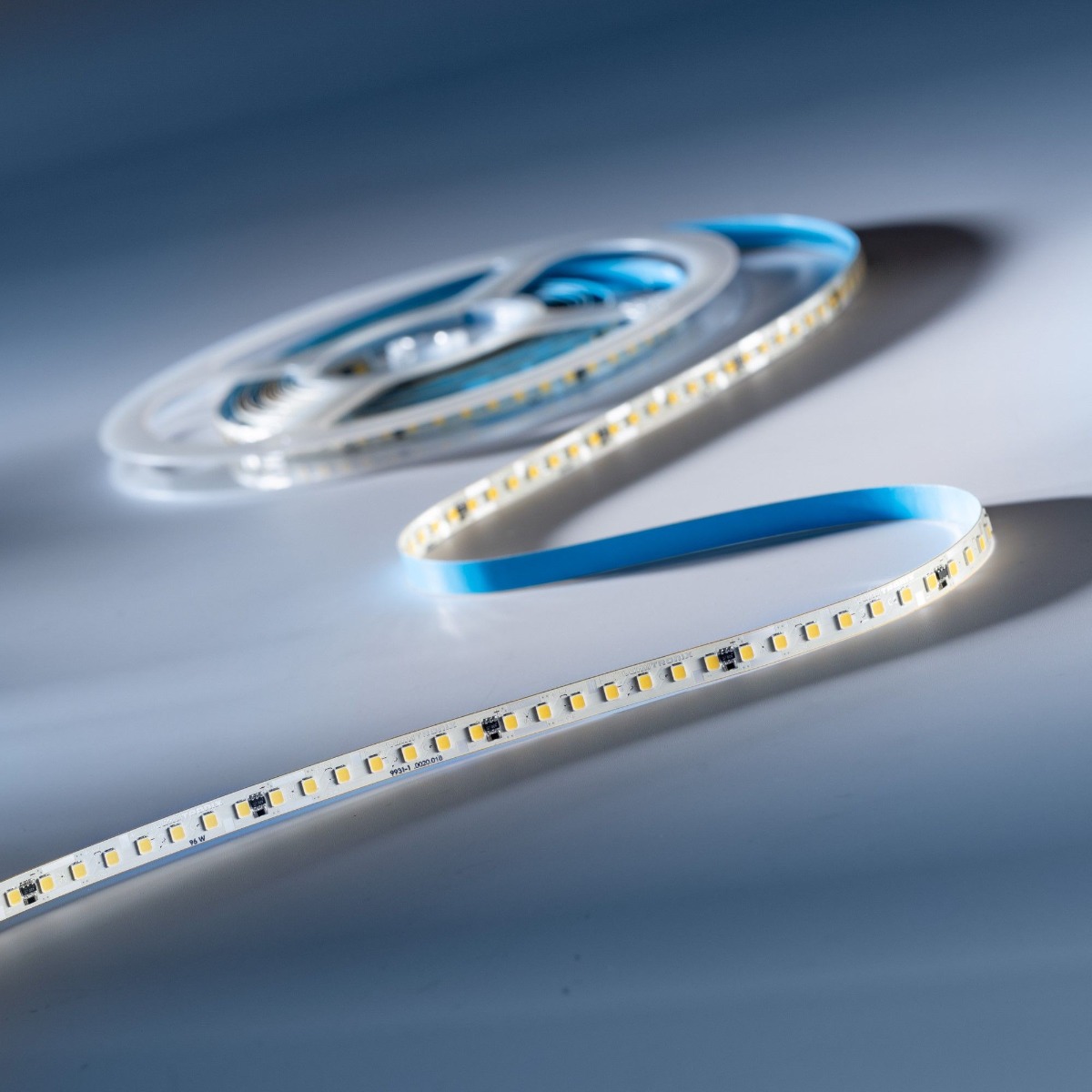
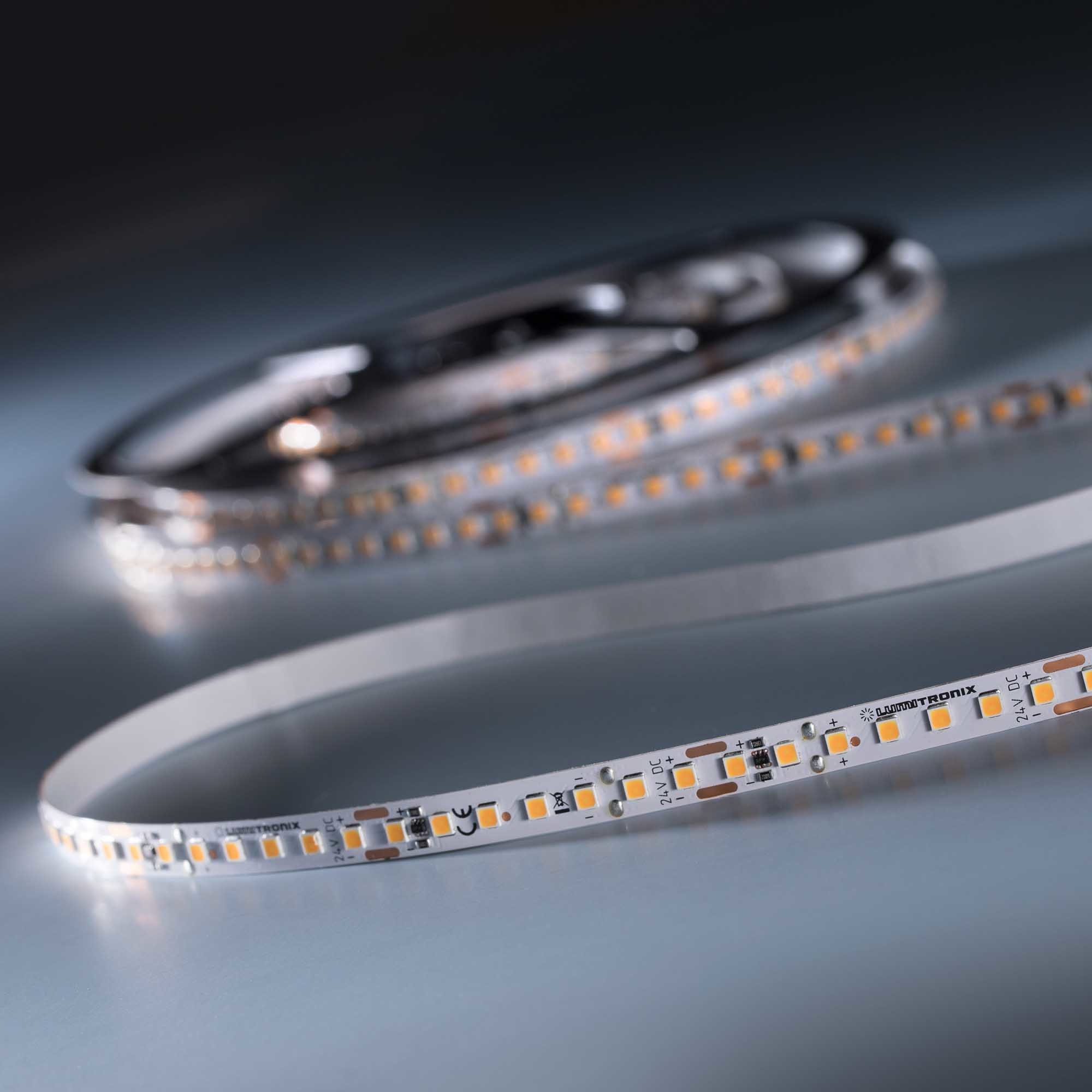





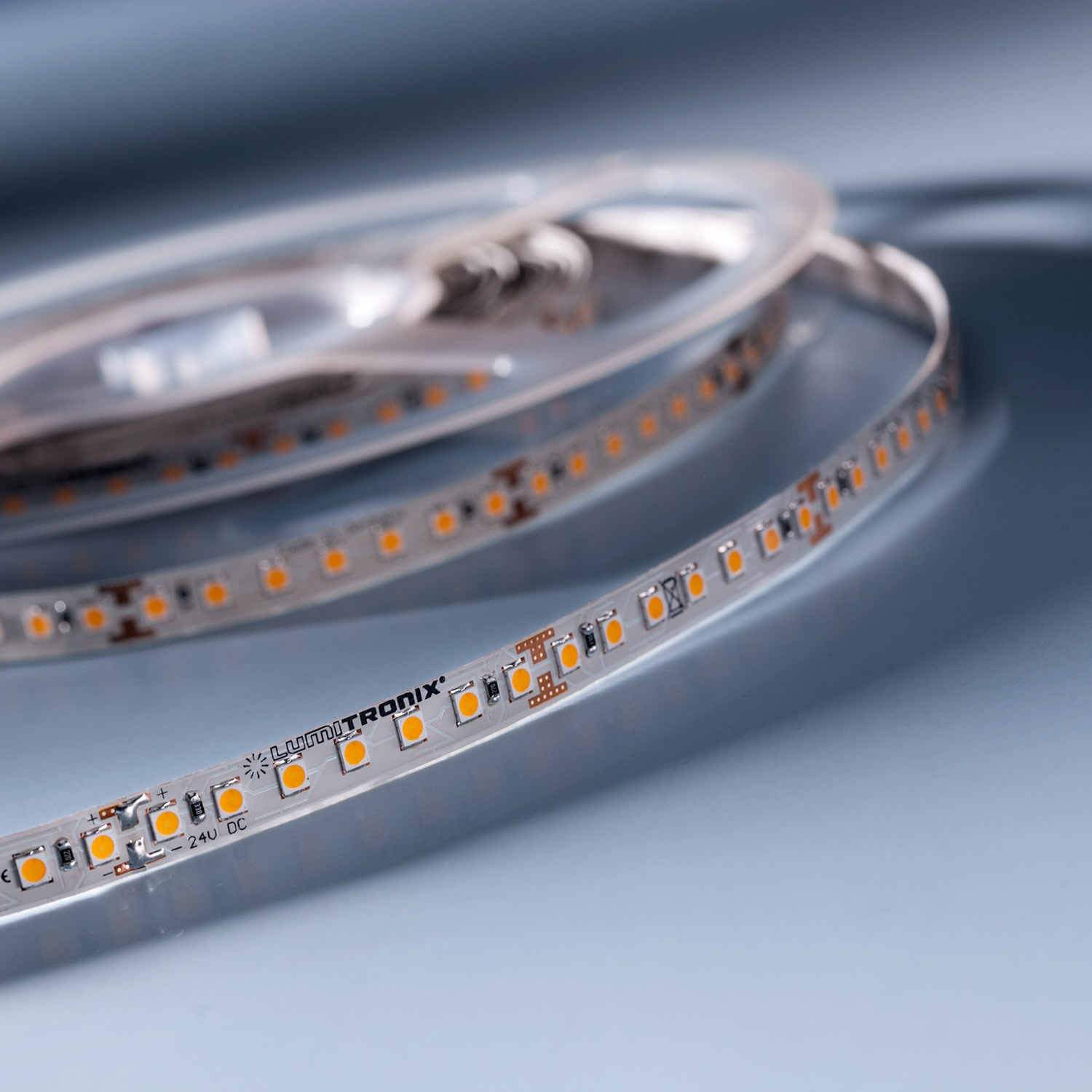
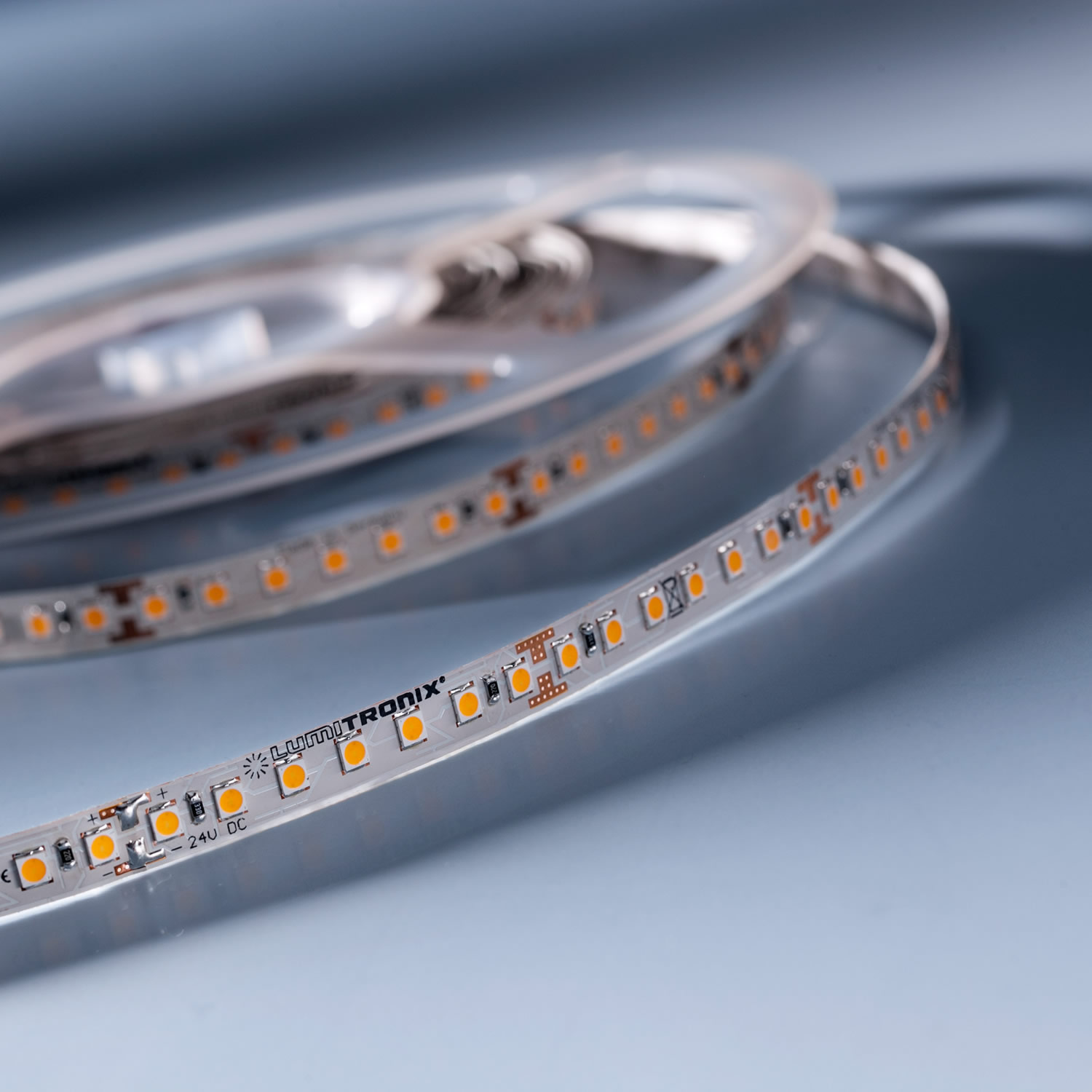
Suggestion for length of cove of light for a living room with an area of 20 square meters (215 square feet) and ceiling height of 2.5 meter (8.2 feet), with the purpose of general lighting:
- Lines of light with LED strip 500 lm/meter: at least 40 meters total length (130 ft)
- Lines of light with LED strip 1000 lm/m: at least 20 meters total length (65 ft)
- Lines of light with LED strip 2000 lm/m: at least 8 meters in total length (25 ft)
2. Focus on Light Quality, Spectrum, and Color Rendering
For the most natural-looking cove lighting, opt for LED strips with the best light quality, spectrum, and color rendering index (CRI). Full-spectrum, daylight-like light sources with a minimum CRI of 98 are recommended when budget permits.

Currently, the closest match to daylight is from LEDs with Nichia Optisolis or Seoul Semiconductor SunLike full spectrum technology. Their spectrum and how it compares to sunlight and other light sources can be seen below.
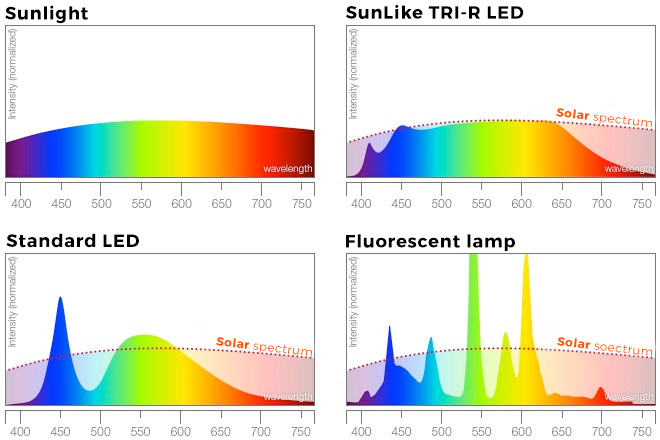
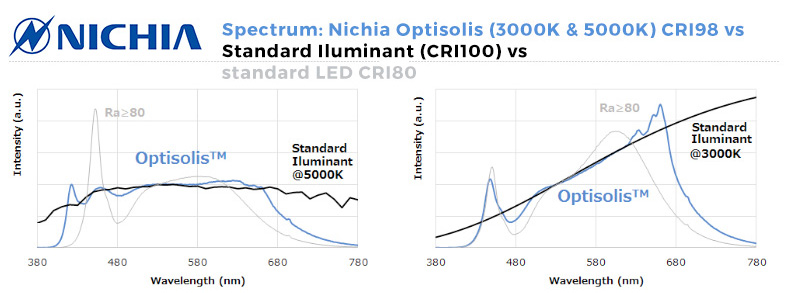
3. Choose Long-Lasting LEDs with Minimal Color Shift and Lumen Maintenance
To ensure a consistent appearance over time, select LED strips with long lifespans, minimal color shift, and excellent lumen maintenance. This will prevent the need for a total replacement if the brightness fades or color temperature changes.
For example, on a low cost LED strip, we will see lower brightness, possibly with blue/purple tint, after some hours of use in an installation (as in the image below).
 Some segments will also stop functioning. Replacing only these sections does not have an acceptable outcome, as it will create a "rainbow" of shades of white.
Some segments will also stop functioning. Replacing only these sections does not have an acceptable outcome, as it will create a "rainbow" of shades of white.

4. Select the Appropriate Color Temperature
The color temperature of the LED strips used in cove lighting should be chosen based on the function of the space and the desired ambiance. In general, warmer color temperatures (2700-4000K) are recommended for residential settings, while cooler color temperatures (4000-5000K) are better suited for offices and other commercial spaces. For medical offices, warehouses, or plant growth, opt for even cooler temperatures above 5000K. More details in the article at this link.
5. Evaluate the Reflective Properties of Surfaces and LED strip location
The surfaces adjacent to the cove lighting play a crucial role in determining the overall lighting effect. Surfaces that are more absorptive, such as dark paint or wood, should be avoided in favor of highly reflective surfaces like white ceilings, which produce optimal results. Consider the reflective properties of the materials in your space and how they may impact the final appearance of the cove lighting.
The location of the LED strip inside the cove light also has an impact on the overall performance and design of the lighting. We recommend placing them inside the cove light in a way that most of the emitted light reaches the reflective surface, such as a wall or ceiling.

6. Consider Room Size and Ceiling Height
The size of the room and the height of the ceiling play a significant role in determining the ideal length and brightness of the LED strips used for cove lighting. A larger room with a higher ceiling may require more powerful LED strips to provide adequate illumination. Conversely, a smaller room with a lower ceiling may benefit from less intense lighting to create a balanced and comfortable atmosphere. Always take room dimensions and ceiling height into account when planning your cove lighting design.
7. Evaluate the Reflective Properties of Surfaces
The surfaces adjacent to the cove lighting play a crucial role in determining the overall lighting effect. Surfaces that are more absorptive, such as dark paint or wood, should be avoided in favor of highly reflective surfaces like white ceilings, which produce optimal results. Consider the reflective properties of the materials in your space and how they may impact the final appearance of the cove lighting.

8. Opt for Easy-to-Install LED Strips with Minimal Redundancy
Choose LED strips that are simple to install over long distances and require minimal auxiliary components, such as wires, connectors, screws, or transformers. A high-capacity transformer is recommended to minimize the need for additional parts.
9. Install a dimming option for general lighting
Cove lights for general lighting will use LED strips bright enough to provide the high levels of illumination evenly across the room. As there are can be many situations when dimmer light is needed, we recommend installing a dimming option.
Dimming LED strips require that both the LED strips and the transformer are dimmable. Light intensity can then be controlled via an external dimmer. This can be a rotary or push button wall switch, a remote control, a smart building control signal or an App on the phone or tablet.
Transformers have a specific compatibility with a type of dimmer and require a certain way to lay & connect the electrical wires. It is highly recommended that the type of dimming control is purchased at the same time as the transformer and the LED strip. Also dimming is best considered in the design stage, so the electrical installation is made accordingly.
10. Explore Integration with Smart Home and Building Automation Systems
Modern cove lighting solutions can be seamlessly integrated with smart home and building automation systems, offering advanced control and customization options. By connecting your cove lighting to a smart system, you can schedule lighting scenes, adjust brightness and color temperature, and even synchronize lighting with other smart devices, such as music players or security systems.
Currently, a great choice is wireless dimming control via Casambi compatible products. This ecosystem has a very mature app for control, very good privacy controls and many online resources, such as how-to guides.
11. Plan for Maintenance and Accessibility
Like any lighting solution, cove lighting requires maintenance and occasional replacement of components. Design your cove lighting with accessibility in mind, ensuring that LED strips and other elements can be easily reached for cleaning, repairs, or replacements. This will help prolong the lifespan of your cove lighting system and maintain its visual appeal over time.
12. Consult with a Professional Lighting Designer
While it's possible to plan and install cove lighting on your own, consulting with a professional lighting designer can help ensure the best results. A lighting designer will have the expertise and experience to recommend the most suitable LED strips, transformers, dimmers, and other components for your specific space and requirements. They can also help with the design and installation process, ensuring that your cove lighting achieves the desired effect.
In conclusion, cove lighting is a versatile and aesthetically pleasing lighting solution that can enhance the ambiance of any space. By following the recommendations provided in this article, you can create stunning indirect lighting solutions that mimic the warmth and depth of natural sunlight, transforming the atmosphere of your interiors.
Recommended articles:
Recommended CRI color index for different lighting projects
What LED Color Temperature to choose for a project, from 2700K to 6500K
How to build the best lines of light or linear light fixtures with LED strips
Info on how to build the best illuminated stretch ceiling with LED modules & strips
Share:
Posted in Illuminate Your Vision: Guides to Choosing LEDs for Your Project

 Lumistrips EN
Lumistrips EN Lumistrips UK
Lumistrips UK Lumistrips ES
Lumistrips ES Lumistrips PT
Lumistrips PT Lumistrips ITA
Lumistrips ITA
